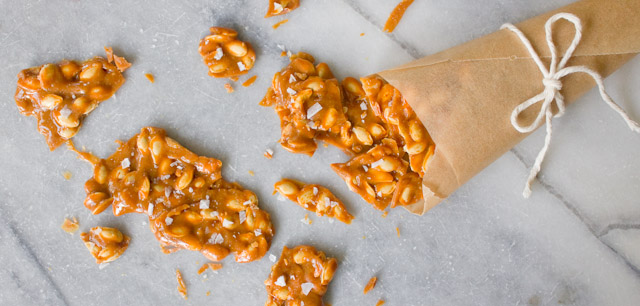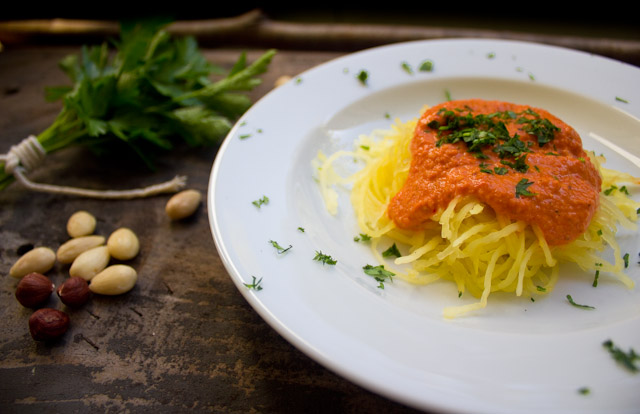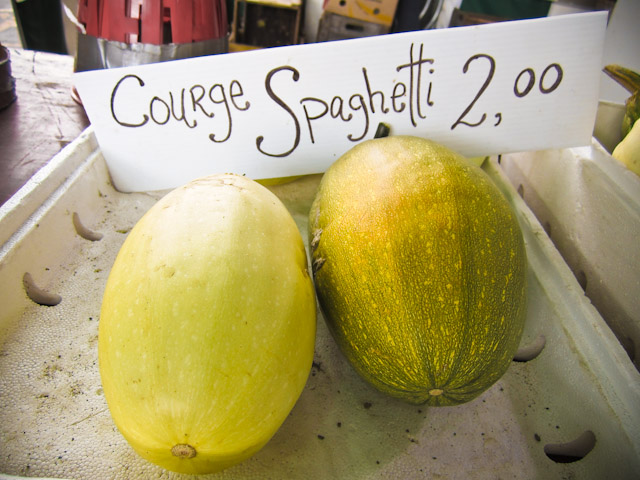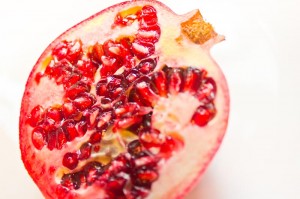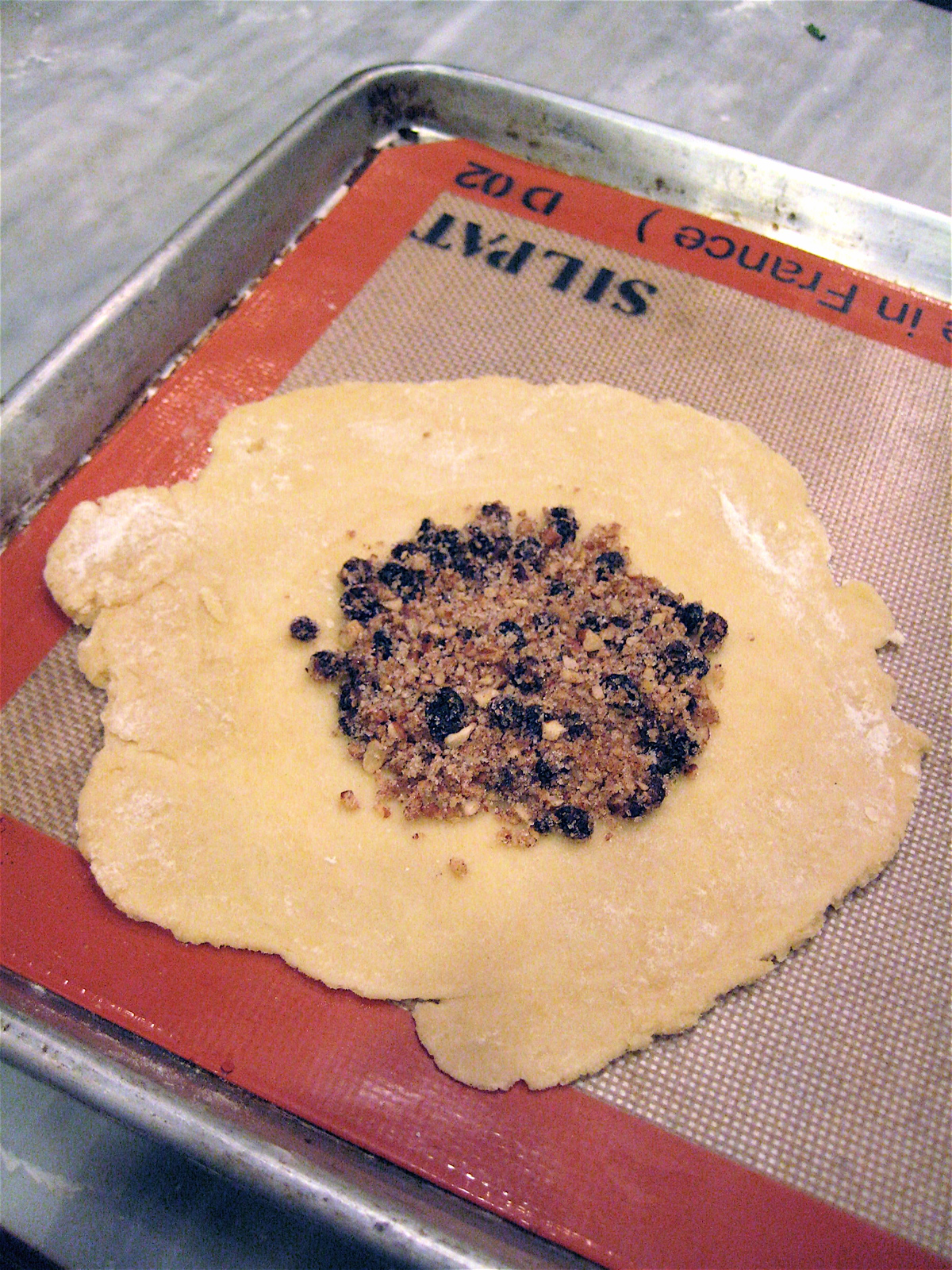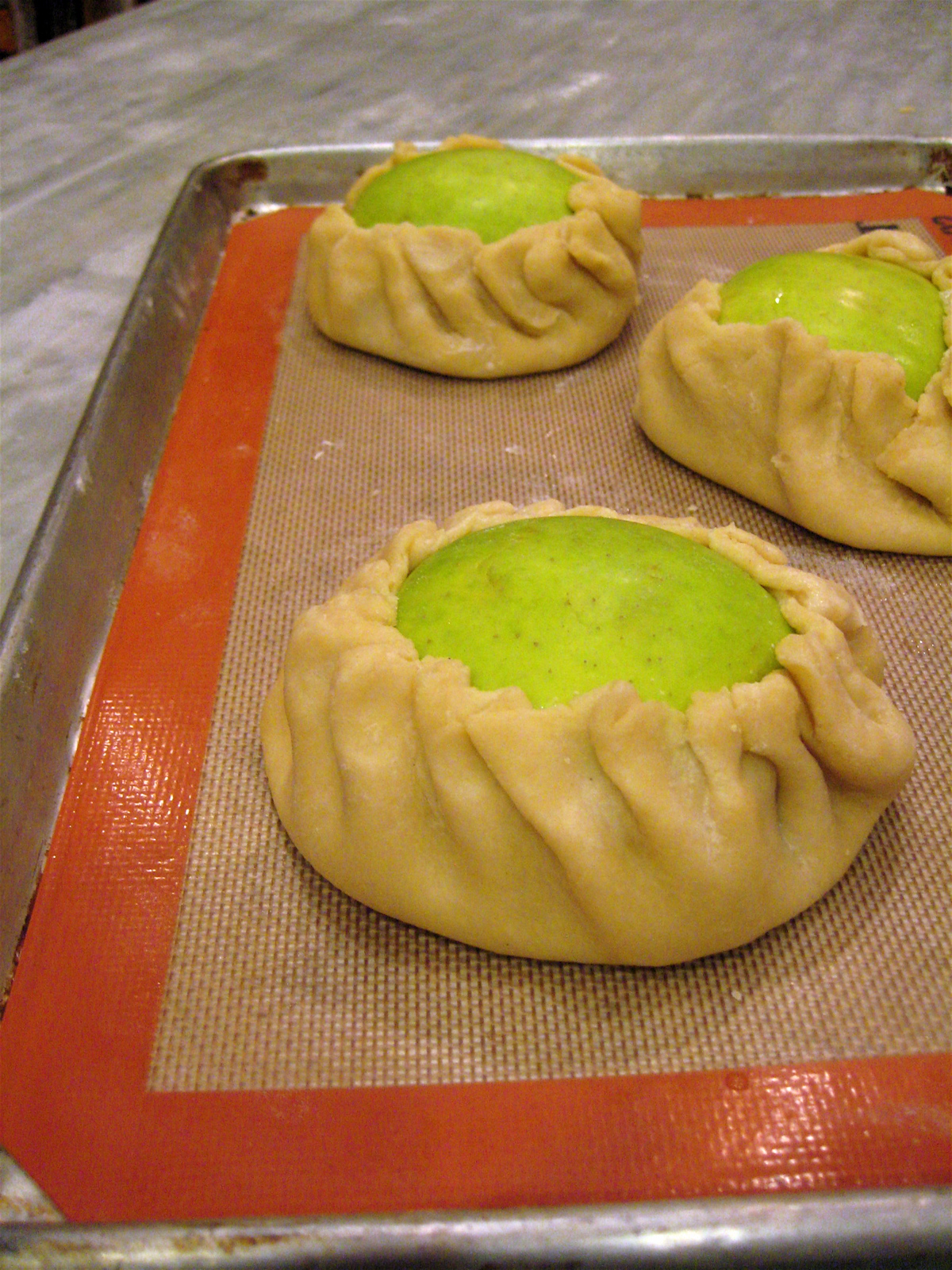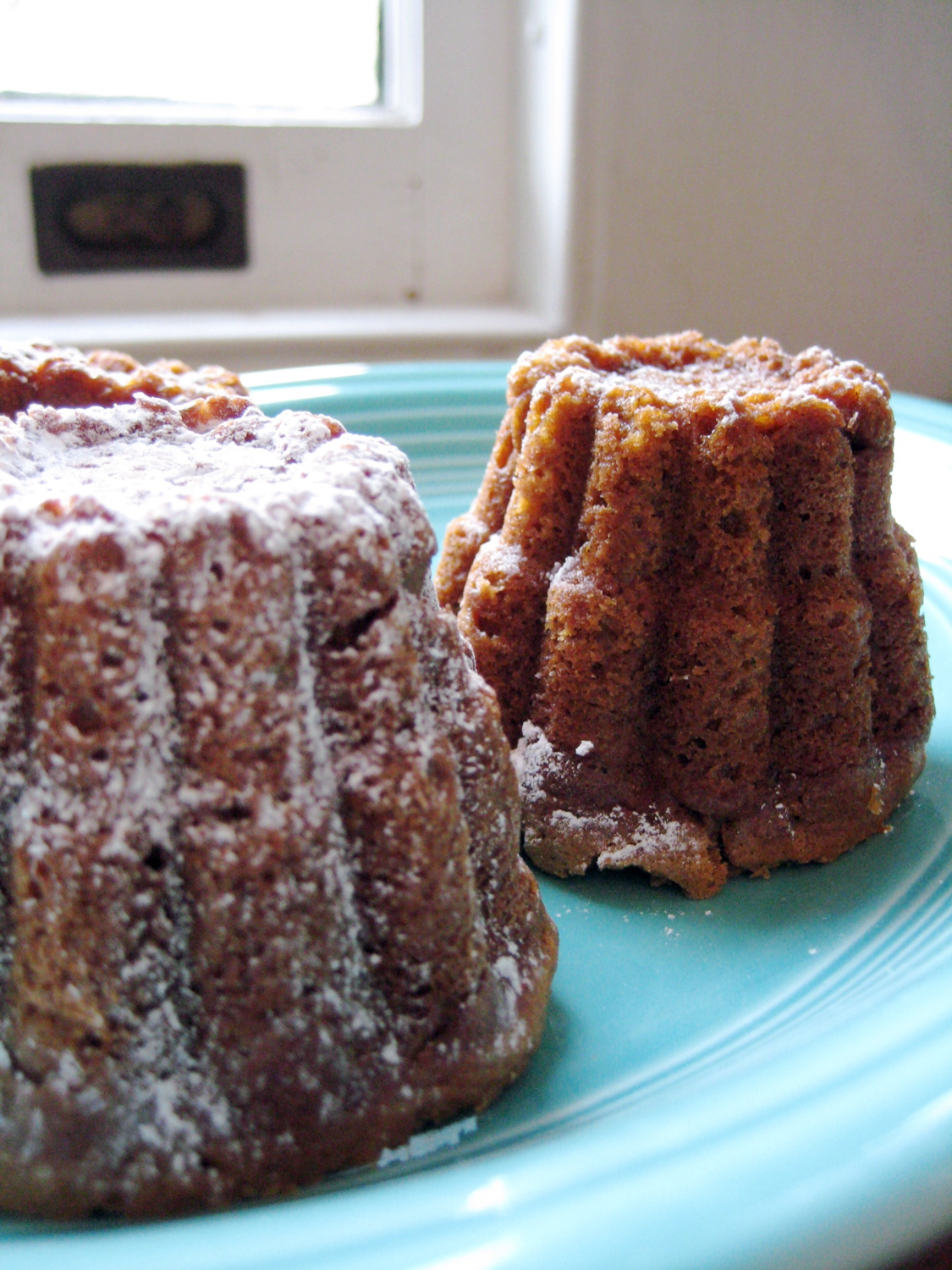 One year and three days ago, at 3:30 in the afternoon on 11/11/11, I was eating lentil soup. I am able to tell you exactly that, as it was the meal I finished just as my water broke for the birth of my son. Truthfully, it was lentil soup followed by a scoop of my husband’s homemade vanilla bean ice cream, topped with a generous drizzle of David Lebovitz’s perfect hot fudge recipe Standing at the edge of the new parent cliff, really having no idea what the next many weeks would hold for us, I had been furiously putting meals away for days and days. I don’t know what I expected, but my level of anxiety was fairly appropriate. And when I get anxious, I cook. When someone is struggling, I cook. When things seem grim and I have no idea what to do, out come the cookbooks. And so for the very expectant weeks prior, I had been cooking and cooking. Our chest freezer in the basement was a culinary tetris, packed tightly with calories to keep us going in the 3ams of the coming weeks. Quart container after quart container of warming stews, gumbos, and soups were obsessively stacked alongside a half dozen bags containing fifty frozen dumplings each, devotedly hauled home from Chinatown in the city. I may have been facing a month without leaving the house or having both hands free at once, but I was not going down on an empty stomach. I didn’t know who I’d be on the other side of all of this, but I knew I’d still demand great food. Lentil soup has been a comfort food staple for me through most of the very varied episodes of my life. Cheap, simple, high in protein, and even vegetarian—for that twenty-year phase I went through—its sum is definitely more than its parts. And this will always be the last thing I cooked as a person who wasn’t someone’s mom. As soon as it gets dark before quitting time and a tiny chill shimmies under the door, I crave this recipe. And eating it again this year, days before I became a person who is the mom of a one year old, I am brought right back to a year ago, or my lunch break room in graduate school, or the kitchen in my first apartment in New York, and also my tiny dark brown dorm fridge. I look at the photo we snapped just before walking out the door to drive to the hospital, and am astounded by how I feel like I don’t even know those people. But it is indeed me, as is the girl hosting her first dinner party in a studio apartment, or the girl with the giant mug in her window seat in college, all recognizing each other by the smells and tastes of the recipes that make up my life’s cookbook. Happy first birthday darling boy.
| ||||||||||||||||||||||
If you are going to rot your teeth out with sweets on this Halloween, why not do it with a sweet, savory, nutty, homemade confection, that also makes use of the often discarded remnants of jack-o-lantern carving?? There are many recipes for pumpkin seed brittle out there, but most use the raw, hulled seeds (or pepitas). Really wanting to use the seeds from my own carved pumpkin, instead of buying additional ones at the health food store, I did track down instructions to try to hull my own. It can be done, but was not wildly successful, or worth the effort, in my opinion. First you rinse off the seeds and thoroughly dry them out, which I did in a 250 degree oven for about 15 minutes. Then crack and smash the outer part of the seeds with a rolling pin, or in my case, a meat tenderizer. Then, place all of the seeds in a bowl, fill with water, swish them around vigorously, and theoretically, the inner seed kernels will sink and the outer shells will float to the top. Which did happen in my case, for about six of the seeds. The rest didn’t really get smashed effectively or broke in half completely, and I found myself picking each seed from its shell—not practical when I needed at least a half cup. So then, why not make brittle using the entire seed, which we eat anyway when making roasted pumpkin seeds? Success! And still getting to use our own seeds. And much easier. And the added bonus of ending up with a flavor almost identical to caramel corn, with some nutty seeds thrown in. Cracker Jack! So wishing you a very happy Halloween, and treat yourself to this treat very soon. (and all winter long with any winter squash seeds.) (more…) | ||||||||||||||||
 Dame Paula Deen, amid mass fan hysteria (hysteria!), posing next to a pumpkin of her likeness (and Cat Cora's) at the Food Network festival at Chelsea Market a few years back. We were completely unsuspecting shoppers, caught, literally, in the swell. (Not unlike that terrified-looking couple coming out of the fish market behind her.) I am as big a fan of pumpkin carving and jack-o-lanterns as anyone, and definitely considered finally having a porch to put one on, one of the bigger perks of moving out of NYC. But I am equally as big a fan of pumpkins themselves, pumpkin seeds, pumpkin flesh, pumpkin vines, all of it. This time of year it is easy just to see said pumpkins as holiday flare. But particularly with tons (and tons!) of them at the markets right now, it is time to stock up and revel in all things orange and round. Seed Saving | ||||||||||||||||
This frenchy-french-french tart has the lusciousness of fall written all over it. Spectacular for breakfast, brunch, lunch or dinner, it is also glorious with a crisp green salad. And it freezes really well. So with it almost taking as much work to make one as to make two, do just that and stock yourself with a fast food gift in your freezer for some bleak mid-winter eve. This can of course be made vegetarian, and equally good, by omitting the bacon, and substituting two tablespoons of butter, for the bacon fat, for sauteing the leeks. Leek Bacon and Gruyere Tart by Catie Schwalb makes one 9" tart. (more…) | ||||||||||||||||
Spaghetti squash at the Jean-Talon market in Montreal. A complete delight and mystery, spaghetti squash was my favorite vegetable growing up. Though not terribly popular or widely available in the late 70s, somehow my grandmother was able to procure one at least once a fall. Into the oven as a hard, nubby, squash, then magically out of the oven and onto my plate, transformed into golden pasta-like strands that surprised me each time. Becoming much more common and available now, spaghetti squash are all over the markets (and my garden), and will be for months. It is technically a winter squash--ripening at this point in the season, and able to be kept in cold storage long into the cold weather--but with its golden color and light, buttery texture, is much more reminiscent of summer squash. A welcome bit of variety in a long season of dense, orange-fleshed cousins. Generally the rule of thumb is that spaghetti squash will keep for up to a month in a cool, dry area. Though the past couple of years, we have successfully kept ours that we grew for 3-5 months on a well aerated shelf in our basement, keeping an eye out for any that might be getting soft or imploding. Rubbing the outside surface with a thin coating of vegetable oil is said to keep fungus and mold spores from being able to take root on the surface of the squash, cutting down on deterioration, and extending their shelf life considerably. To cook Wash and dry the squash well, and cut in half lengthwise. This will be the hardest step. Make sure it is well dried, so your knife doesn't slip, and if helpful, cut off a small portion of either end to give yourself a more steady anchor. Scoop out the seeds and stringy flesh surrounding the seeds. Rub the inside of each half with olive oil and place, cut side down, on a baking sheet. Roast in the oven at 375 degrees for 35-40 minutes, until the skin just starts to give when pressed with your finger. Don't over cook, or allow to sit cut side down on the baking dish for long after removed from the oven, or it will become mushy and the strands will not be as nicely defined. When cool enough to handle, gentle pull the strands of the squash away from the sides with a fork, scraping right down to the skin. Very neutral in flavor, with a great, mildly crunchy texture, the spaghetti-like strands of the squash are a terrific blank canvas for a limitless variety of toppings. Pesto, garlic and olive oil, tomato sauce, puttanesca, meatballs, bolognese, or just butter with freshly grated parmesan cheese are all perfect pairings. I am also a huge fan of the spaghetti squash casserole recipe from the Moosewood Cookbook. With just forty-two calories and ten grams of carbohydrates per cup of cooked squash, this is a great side dish alternative to explore. Grab one at the farmers' markets this weekend.
| ||||||||||||||||
I just discovered the Telepan TV channel on youtube. Bill Telepan is one of my most favorite NYC chefs, who I had the great, great pleasure of cooking with for many months that the start of his inspirational and important Wellness in the Schools school lunch campaign. He has started to put together videos, sharing some of his incredible recipes from his incredible restaurant Telepan. The three recipes using cherry tomatoes in the video above are making me very. very. hungry. Run! and get some cherry tomatoes at the markets this weekend while they are still available (we had a frost at our house last night!). | ||||||||||||||||
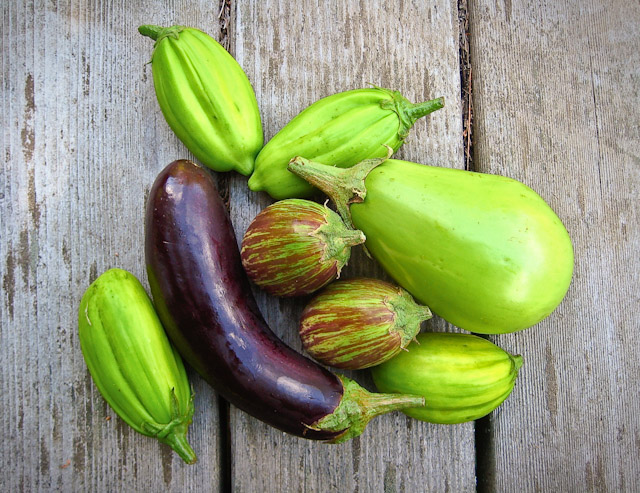 By this point in the summer I definitely get into a rut and prepare fruit and vegetables from the gardens and market in almost the same ways daily. Not that that is a bad thing, as with produce this amazing, at the height of their season, there is often very little that can improve upon them. A little grilling here, a little lightly dressed salad there, a little sautéing tossed with fresh pasta over there… Vegetable and fruit roasting feels like almost too basic a technique to even justify a whole blog post. However, several times during the year I have these ah-ha moments where I am bored with what I have been cooking and then suddenly remember to mix things up I just need to roast, which I somehow forget about for spells at a time. The long exposure to dry heat and the contact with the surface of a baking sheet or roasting pan transforms produce in ways very different than grilling, steaming or sautéing. Most importantly it evaporates much of the water in the fruit or vegetable, drying it out some (Take that watery zucchini!), and deeply concentrating the flesh and the flavor. Also the edges of the produce start to get brown and sweet and caramelized and utterly irresistible after the natural sugars are exposed to heat and the surface of the baking dish. (more…) | ||||||||||||||||
I'm covered in flour and the entire house smells like warm bread. A good day by all standards.
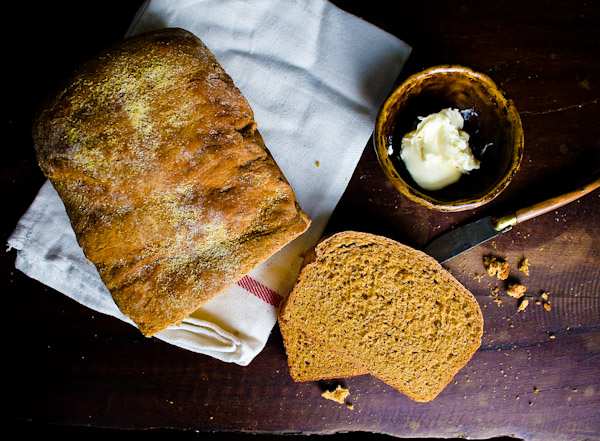 With slender baguette pans, gurgling jars of sourdough starter, and an array of silky flours, my father was a talented bread baker. One of his specialties, the one I hold dearest, was Anadama Bread. As a kid, the lore of the New England fisherman who threw his bowl of molasses-sweetened cornmeal mush at his bread baking wife, exclaiming "Anna, damn ya!", mixing the ingredients and thus giving birth to this accidental recipe was consistently intriguing, and consistently an excuse to use an unapproved word. But the flavor, aroma, and character of this bread, far outweighed it's value for smut-mouthed opportunities. With slender baguette pans, gurgling jars of sourdough starter, and an array of silky flours, my father was a talented bread baker. One of his specialties, the one I hold dearest, was Anadama Bread. As a kid, the lore of the New England fisherman who threw his bowl of molasses-sweetened cornmeal mush at his bread baking wife, exclaiming "Anna, damn ya!", mixing the ingredients and thus giving birth to this accidental recipe was consistently intriguing, and consistently an excuse to use an unapproved word. But the flavor, aroma, and character of this bread, far outweighed it's value for smut-mouthed opportunities.A yeasty moist bread, it is made hearty with the addition of cornmeal, and sweet and tangy with the addition of molasses. This is the quintessential eat at least a half a loaf slathered in butter right out of the oven as soon as it is cool enough to slice homemade bread. Chewy, with a pillowy crumb, this also makes the best, the best, toast. The sugars in the bread form a delicate crust all over the surface, providing just enough slight crunch before giving way to a slightly sweet supple center. It also makes an amazing sandwich. As it is baking, largely thanks to the molasses, the bread will perfume your home with a distinct comforting gorgeousness, certain to lay tracks for intense sense-memory experiences decades from now. As has absolutely proven true for me. (more…) | ||||||||||||||||
 This remarkably simple, and remarkably comforting recipe has always been a part of our holiday meals. When she first started making it, my grandmother used to enjoy quizzing unsuspecting guests as to what the star ingredient was in the soup. It is so mellow, and balanced, and not cluttered with leek or potato, that it is actually hard to discern that it is simply the lowly turnip. As a kid we would slurp down bowl after bowl of this creamy winter favorite. It was always present at cold weather dinner parties thrown by my parents, as surprisingly, it was a safe bet to please a large crowd. Again, not attributes, if I think about it now, I would consider assigning to this particular vegetable. But try this one! It is wonderful, and makes me joyfully lug home heavy bags of turnips (white or purple) as soon as they arrive at the farm stands. It is a warm and soulful start to most of our Thanksgiving meals together.
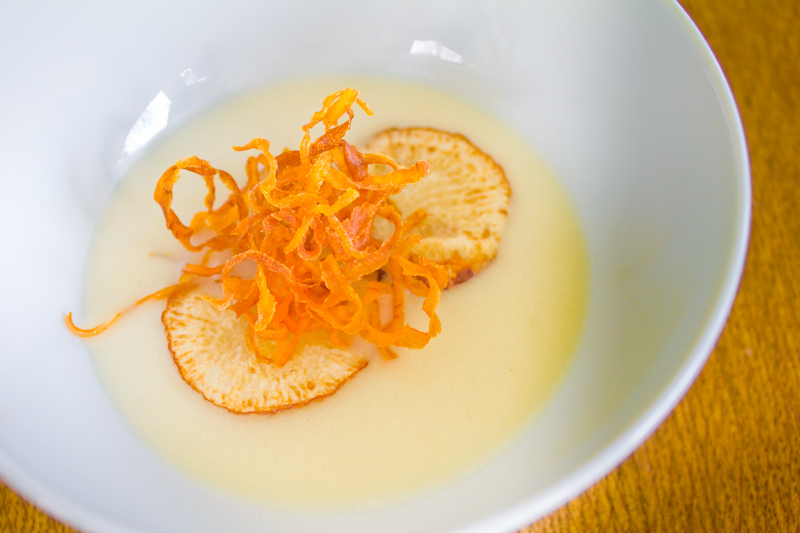 | ||||||||||||||||||||||
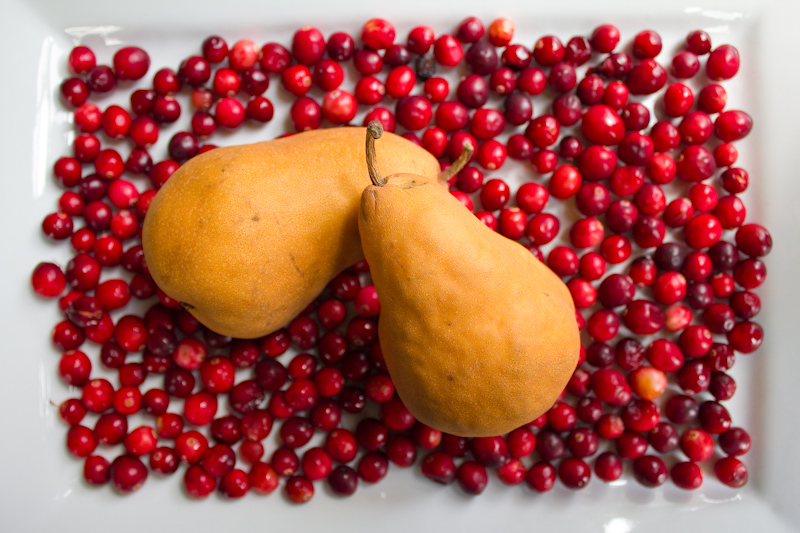 I was recently asked to be a guest blogger for the wonderful heart-healthy food blog What Would Cathy Eat? Cathy asked for a cranberry sauce for thanksgiving, that was less sweet than usual. Here is the post and recipe below, in case you hadn't caught it on her site. --Catie For years, as a child at the 1970’s American thanksgiving table, I too believed that cranberry sauce was always cylindrically shaped, with neatly organized parallel rings encompassing it. That is not to say that my family were not great cooks, slaving for days before over dozens of homemade recipes. However, somehow that little wobbly dish seemed like a required fixture on the holiday table, that someone very well might miss if absent. Though it felt far from “food” and as a result, usually went untouched. It also seemed somewhat sacrilegious to think of smearing that puckeringly sweet jelly on that luscious turkey meat that I had waited an entire year for. How could this red goo possibly improve on roasted perfection? So I took a crack at it myself this year. Drawing on ideas of recipes like Duck with a Sour Cherry Sauce, or a deeply flavored Indian Chutney stirred into a chicken salad, ending up with a condiment that I would actually want to add to my turkey to add to it’s flavor. I eliminated a lot of the sugar found it most recipes (up to a cup of white sugar was common). It’s on the tart end of the spectrum, but balanced, with lovely spice notes that will be beautiful with the richness of the meat. I think it would also be outstanding dolloped on top of a bowl of Greek yogurt for breakfast the next morning, and though not yet tested, I imagine pretty great pureed and used as a base for a holiday prosecco cocktail.
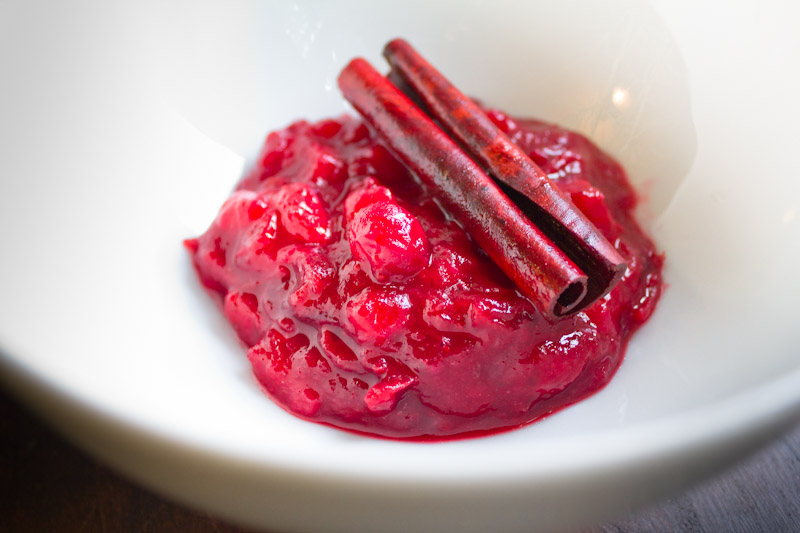 | ||||||||||||||||||||||
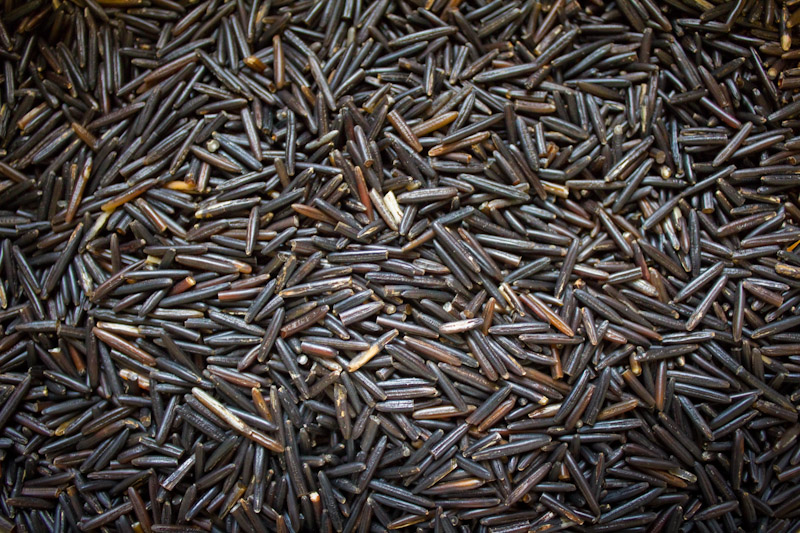 My friend, and great cook, Cathy Elton asked me to contribute to a thanksgiving recipe series on her heart-healthy blog "What Would Cathy Eat?". One recipe she requested was a "stuffing made without meat or butter". Not an intuitive leap for this French Culinary Institute-trained, duck-fat-loving chef. I started musing on wild rice. Deeply flavored, elegant, and a little unexpected, it is also a really smart choice in the middle of a seemingly endless table of fatty simple carbohydrates. This nutty whole grain is actually not technically rice, but rather a seed from the aquatic grasses surrounding fresh water lakes in northern North America. It has twice the protein of brown rice, and almost eight times the protein of white, serving up 6.5 grams in one cooked cup, with 3 grams of fiber. There is a rich mysterious aroma to the grains, reminiscent of tannins and black tea. I added tart dried cranberries and apricots, woken up with some light vinegar, which will offset the richness of turkey and gravy. This dish would also be wonderful for lunch the next day, as a cold rice salad with leftover pieces of turkey added, or made with chicken any time during the year. And with this smart side dish choice, just think of all the extra pie you can justify.
 | ||||||||||||||||||||||
 The start of the holiday season in my home growing up was always marked by the arrival of a substantial pile of dogeared food magazines next to both sides of my parents' bed, as they hunted for recipe inspiration in the weeks leading up to Thanksgiving. That tradition has definitely lived on with me (and generally does so year-round), as well as the 2.0 version, in the form of a ever-growing file of bookmarked recipes on my computer. As I start to put 2010's menu together, here are a few superstar Thanksgiving recipes that I return to again and again, from those treasured November issues. Mushroom Soup with Hazelnut Gremolata. A deeply flavored, incredibly rich, yet cream-less soup, that makes you sing the praises of all things mushroom. Butternut Squash and Polenta Gratin. A gorgeous, bright orange, creamy revelation. Yeast-Raised Cornbread Rolls with Corn Kernels and Chives. The perfect Thanksgiving breadbasket. Would also make outstanding stuffing. Duck-Fat Rubbed Roast Turkey. Not only was this recipe developed by my favorite locavore chef, Bill Telepan, but it cooks in AN HOUR AND A HALF, for a 14 lb turkey. Year after year it is the best turkey I've tasted, and I'll never use another method. And the opening up of oven space and time is a gift from the gods. Pear, Prosecco and Black Pepper Cocktail. This complex, yet refreshing, holiday cocktail is totally unexpected, but not intimidatingly weird. | ||||||||||||||||
 My dear friend from graduate school, January LaVoy, just opened her luminous performance in Arthur Kopit's Wings, off-Broadway at the Second Stage Theater this past weekend. When I had the chance to see the show, I thought, "Anyone can bring flowers...I'll lug down a just-picked squash from our garden." I mean, who wouldn't want to be greeted with that in the lobby??? (and have to deal with it on the subway home?) 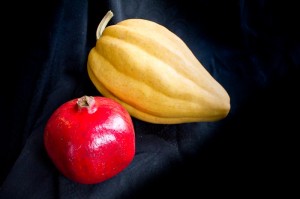 This particular winter squash is an heirloom variety, called Thelma Sanders Sweet Potato Squash. I bought these seeds specifically because it was described by Seed Savers' Exchange as their "favorite two-serving baking squash". I envisioned romantic squash dates all winter long. It is pale orange like a butternut, but tear-shaped and ribbed like an acorn. It has a creamy, golden flesh, that works in recipes for either variety. So, as promised, here is a recipe of something to do with said squash, especially for our big star. And Wings runs through November 21st. If you are in NYC, don't miss this one.
 | ||||||||||||||||||||||
Though apples are excellent long-keepers, and will be around for months at the markets, they never taste better to me than right now--sun still warm in the sky, "transition" jacket getting pulled out of the closet, leaves crunching beneath my feet, and halloween fast approaching.
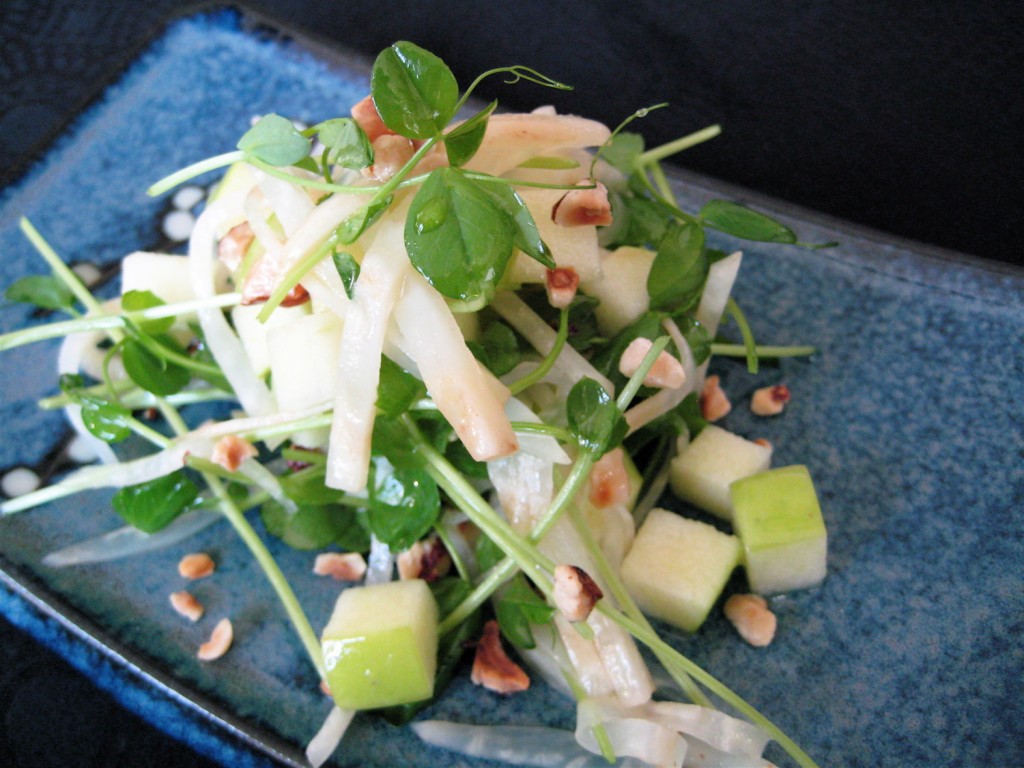 Grab a few extra apples at the farmers' market this week, and try this salad I posted in the early spring. Pea shoots might still be available, but if not, late season salad greens, particularly arugula, would be a great addition. Pea Shoot, Celeriac, Apple and Hazelnut Salad | ||||||||||||||||
 Our 52 heirloom tomato plants are in their final days, but have heroically yielded hundreds of pounds of beautiful fruit this year. A very triumphant relief, following the yield of six (yes, just six) tomatoes we got from the same number of plants last summer in the throws of the huge tomato blight. We are still managing to gather buckets of red, orange, and golden cherry tomatoes almost daily, though are even a little tomatoed-out after weeks and weeks of eating nothing but. This roasted tomato vinaigrette is one of our favorites, and so much so it was served over sliced local tomatoes at our wedding three Augusts ago, and printed on the back of the menu. As the weather gets cooler, and I automatically start to crave autumn foods, this hanger-on recipe from summer works beautifully over sauteed hearty greens, the last of the zucchini and summer squash, grilled pork, chicken or fish, as a tangy base for a stew, as well as a dressing for a simple green salad. I also love to can a few pints of it in our pressure canner to wake up meals, or dip crusty bread in, in the dreary days of winter.
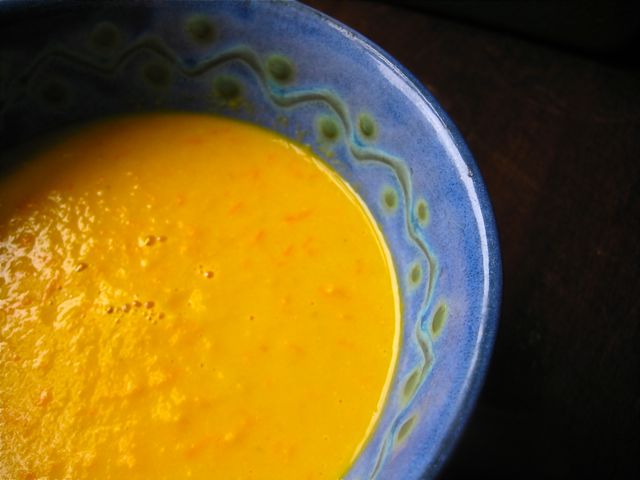 | ||||||||||||||||||||||
 First, yes, it is a terrible pun. But in all honesty, I had a dream about writing this post, and that is the title I watched myself type in the dream. So who am I to interfere with subconscious inspiration/intervention? Moving on... Our garden is still loaded with beautiful food. But as is the case when September shows up, the plants are not looking quite as robust as they did a few weeks ago. There is definitely a sign that it is the end of the season and these plants are tired. However, our gorgeous Five Color Silverbeet Chard, that was looking a little peaked in the hottest days of August, has started to really perk up in this last week, with it's cool evenings. I first started growing this heirloom variety of chard, after reading Barbara Kingsolver's glowing endorsement of it in Animal, Vegetable, Miracle: A Year of Food Life "If I could only save one of my seed packets from the deluge, the heirloom vegetable I’d probably grab is five-color silverbeet. It is not silver (silverbeet is Australian for Swiss chard), but has broad stems and leaf ribs vividly colored red, yellow, orange, white or pink. Each plant has one stem color, but all five colors persist in a balanced mix in this beloved variety. It was the first seed variety I learned to save, and if in my dotage I end up in an old-folks’ home where they let me grow one vegetable in the yard, it will be this one." Chard is a wonderful culinary green, loaded with iron and antioxidants. It stands up well in soups, and sautés, as well tarts and fillings. It is a great alternative to spinach and kale, and unlike either, comes up early in the garden season and lasts through early frosts. With it too warm to have spinach in the garden lately, I substituted chard recently in Spanakopita-inspired phyllo purses. These little bundles are impressive and loaded with summer flavor. The filling is also equally good folded into larger phyllo pockets for a great lunch or vegetable dish. 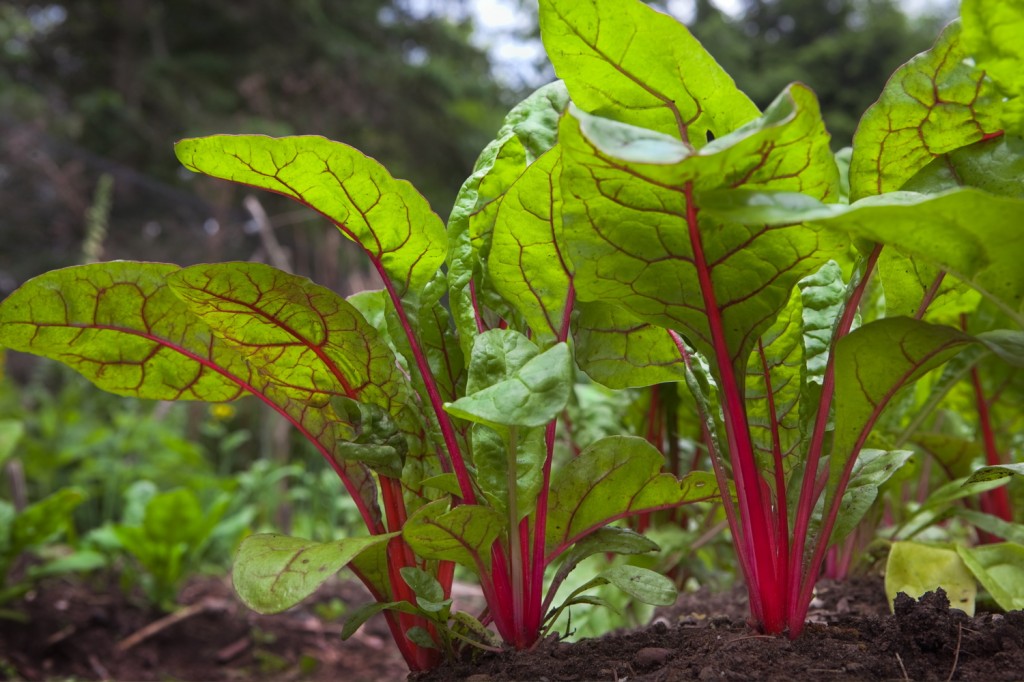 CHARD, DILL, AND FETA BUNDLES by Catie makes approximately 30 hors d'oeuvres bundles, or 10 large pockets. 2 TBS Olive Oil 1 small Sweet Onion, diced small Large bunch of Chard, about 1 lb, tough stems removed and roughly chopped 1 TBS fresh Dill, chopped, or 1 tsp dried Dill 2 TBS fresh Parsley, chopped 4 oz Feta Cheese, finely crumbled 1 egg, slightly beaten Salt and Pepper, to taste 1/2 pkg of Phyllo Dough (8 oz) melted butter Heat the oven to 350° F. Heat the oil in a large pan. Add the diced onion and gently saute until fragrant and translucent. Add the chopped chard, in large handfuls, as it starts to wilt down. Saute for a minute more until just cooked, adding the dill and parsley about 30 seconds before removing from heat. Using either a spoon on the edge of the pan, or pouring the mixture into cheesecloth, squeeze out and drain as much liquid as you can from the vegetables. Add the feta cheese to the chard mixture and evenly combine. Taste the mixture at this point before seasoning. Feta is salty and you may only need to add pepper. Once you are happy with the seasoning, add the egg and mix well. Unwrap the phyllo dough, and keep flat under a damp towel or paper towels. On a counter or cutting board, place one sheet of dough. Brush dough lightly, but evenly, with melted butter, and top with another sheet of dough. Repeat so you have a stack that is three sheets thick. With a large knife or pizza cutter, cut sheets into 6 pieces (down the middle the long way, and then in thirds in the other direction). Place about a tablespoon of chard mixture in the center of one of the phyllo rectangles, gather up corners, and twist slightly in one direction. Place on a cookie sheet. Repeat with remaining mixture and dough sheets. 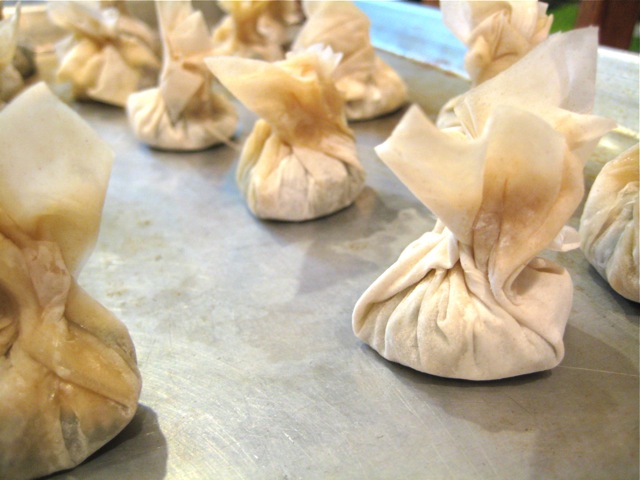 Alternatively, you can cut the stack of three sheets in half, lenghwise, put about 1/3 of a cup of mixture in the lower right corner, and then fold in triangles, as you would fold a flag. Bake for 15-20 minutes, until dough is golden brown. Bakelightly longer for the larger triangles.  | ||||||||||||||||
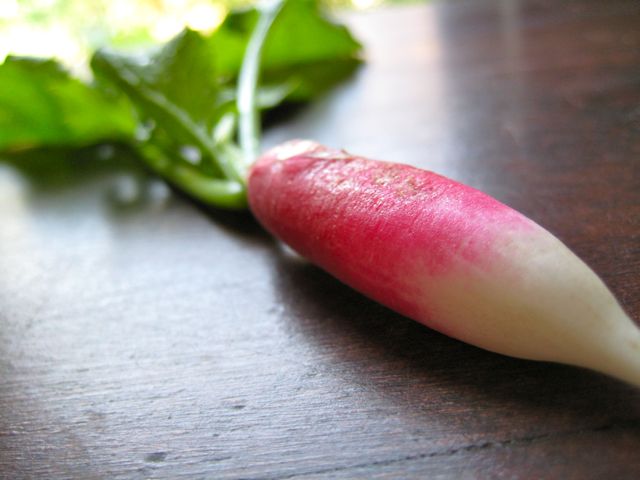 This, all too brief, time of year when the garden is offering up treasures I would drive multiple time zones for in February, I find myself stumped in the kitchen. Surprising, since I have before me the best raw materials I will see all year. But that’s just the point. I want to step aside, get out of their way, and let these vibrant little bundles do what they do best all on their own. How can I possibly improve upon late summer perfection? This year for the first time we are growing in our gardens elegant little french breakfast radishes and delicate and creamy fingerling potatoes. The radishes have been surprisingly successful and grow quite rapidly. As a kid radishes were one of only two foods I wouldn’t touch (the other was PB&J….) But these are crisp and bright, and have a wonderfully mild peppery zing. The potatoes have just started to bear fruit, almost a foot underground. I have been diligently nursing the plants all season, mounding and mounding the dirt. When I read on the internet the other day that the first small new potatoes should be ready around day 60, I was sent into a complete impromptu digging frenzy. No plan, no shovel, and dirt painfully jammed very deeply under my triumphant fingernails. But so very worth it for the small two serving colander-full that I brought in for supper. They were a revelation. Fragile, tissue-paper thin skins, and a complex flavor that reminded me that these were a delicacy, not just a background starch. Here are two quick and simple recipes that showcase these vegetables in their purest form, with nothing covering up their brilliant flavors. If you can get beauties from the farmer’s market, or your garden, it is like tasting potatoes and radishes for the first time. French Radish Crostini (first taught to me by Jacques Pepin) Fresh Radishes Butter, higher quality the better, room temperature Sea Salt Crusty Baguette Slice radishes as thinly as possible. Thinly slice the baguette, slightly on a bias, in 1/4-1/2” slices. Spread liberally with butter. Layer radish slices on buttered bread. Sprinkle with sea salt. (Note: Baguette slices may be toasted slightly on a cookie sheet if desired.) Oven Roasted Fingerling Potatoes New Fingerling Potatoes Olive Oil Thyme Sprigs, stems removed Salt and Pepper Heat oven to 400 °F. Cut potatoes, if necessary, so that they are fairly uniform in size, but try to keep as many whole as possible. Toss with enough olive oil to evenly cover. Add thyme leaves, a few large pinches of salt and grinds of black pepper. Toss again to evenly distribute. Pour into a roasting pan or baking sheet, preferably in a single layer. Roast in the oven until tender, about 40 minutes, depending on the size of the pieces. 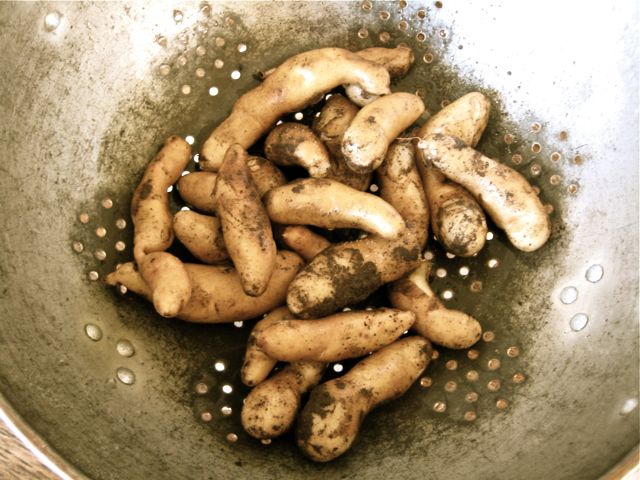 | ||||||||||||||||
On a trip to the farmers market it doesn't serve you to bring a list or to have rigid expectations. The most effective shopping there is always done by just discovering what is the very best of this week's offerings. As mentioned before, that can sometime be rough in the less produce-friendly times of year.
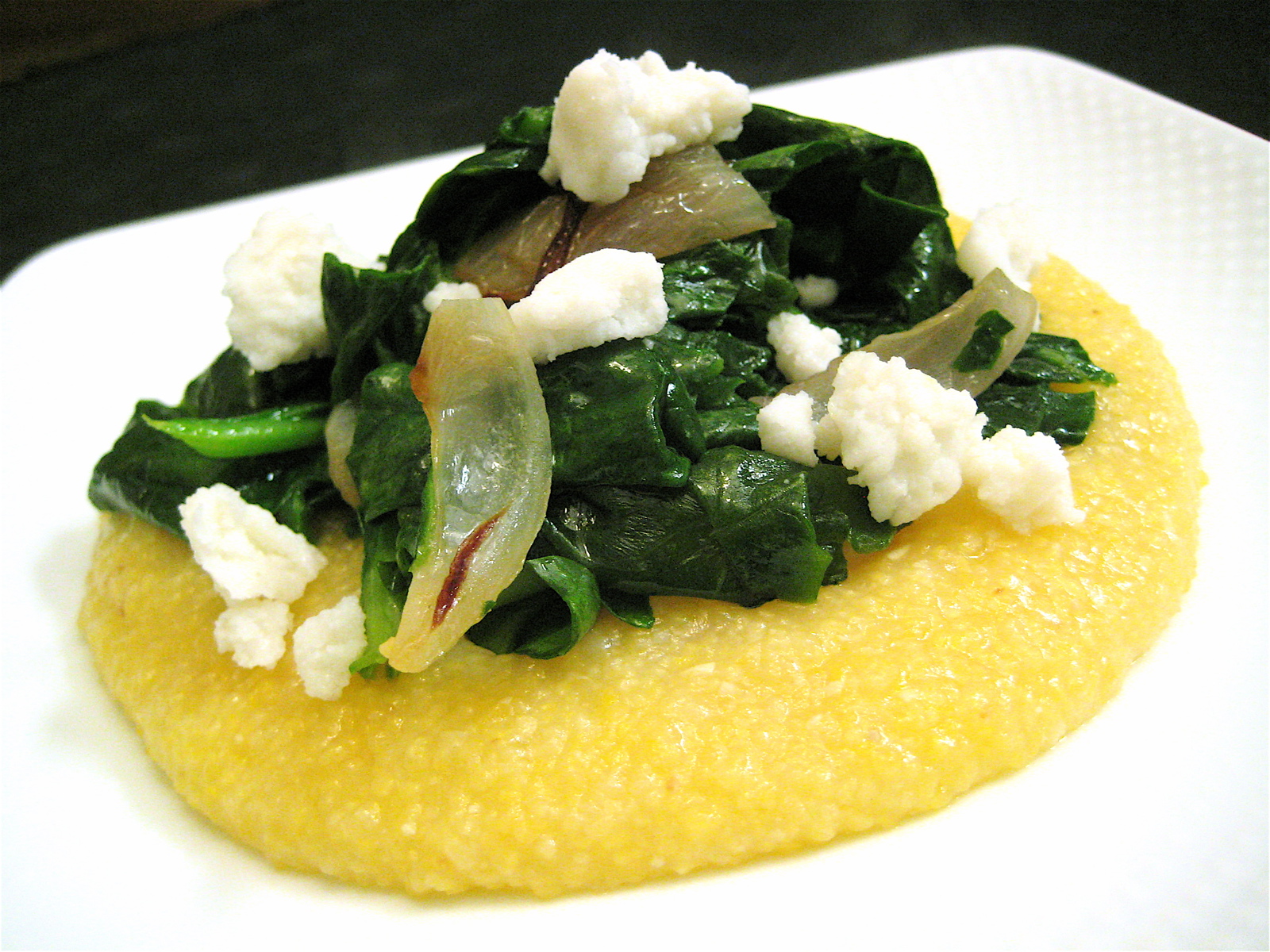 This week the stars, or farmers, seemed to align. There are a few bonuses of spring starting to show up, and enough cold storage winter vegetables left to anchor a recipe. I found sweet, plump shallots, an abundance of hearty greens, luscious queso blanc made from goats milk, and had a few bags of organic polenta from a farm in Ithaca, NY, I had stocked up on during a previous market day. They all came together beautifully in this comforting, yet bright dish. A great vegetarian meal, or elegant side dish, that could be easily expanded to a more substantial meal by adding some braised chicken thighs or aromatic local sausages to the mix on top.   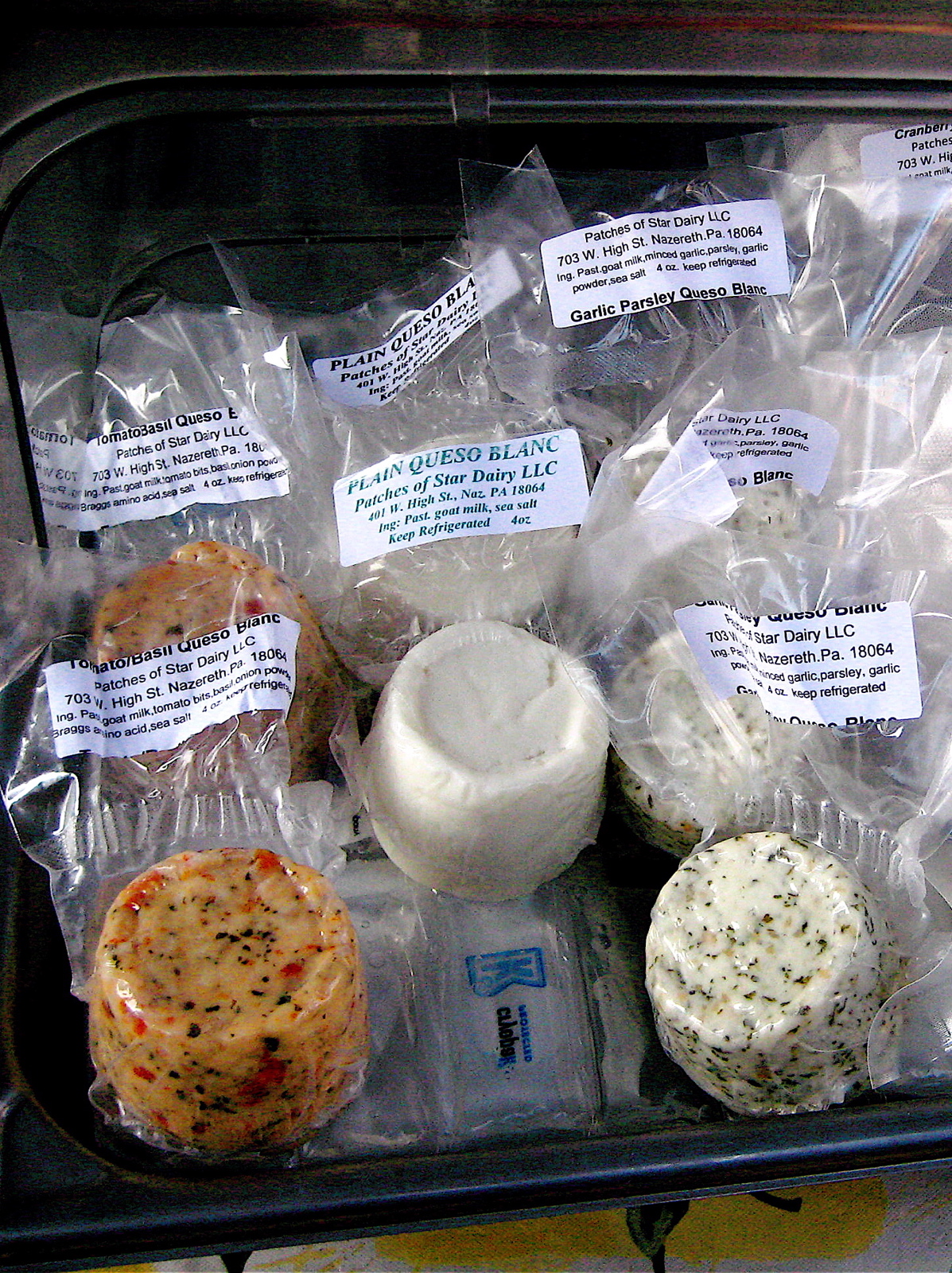 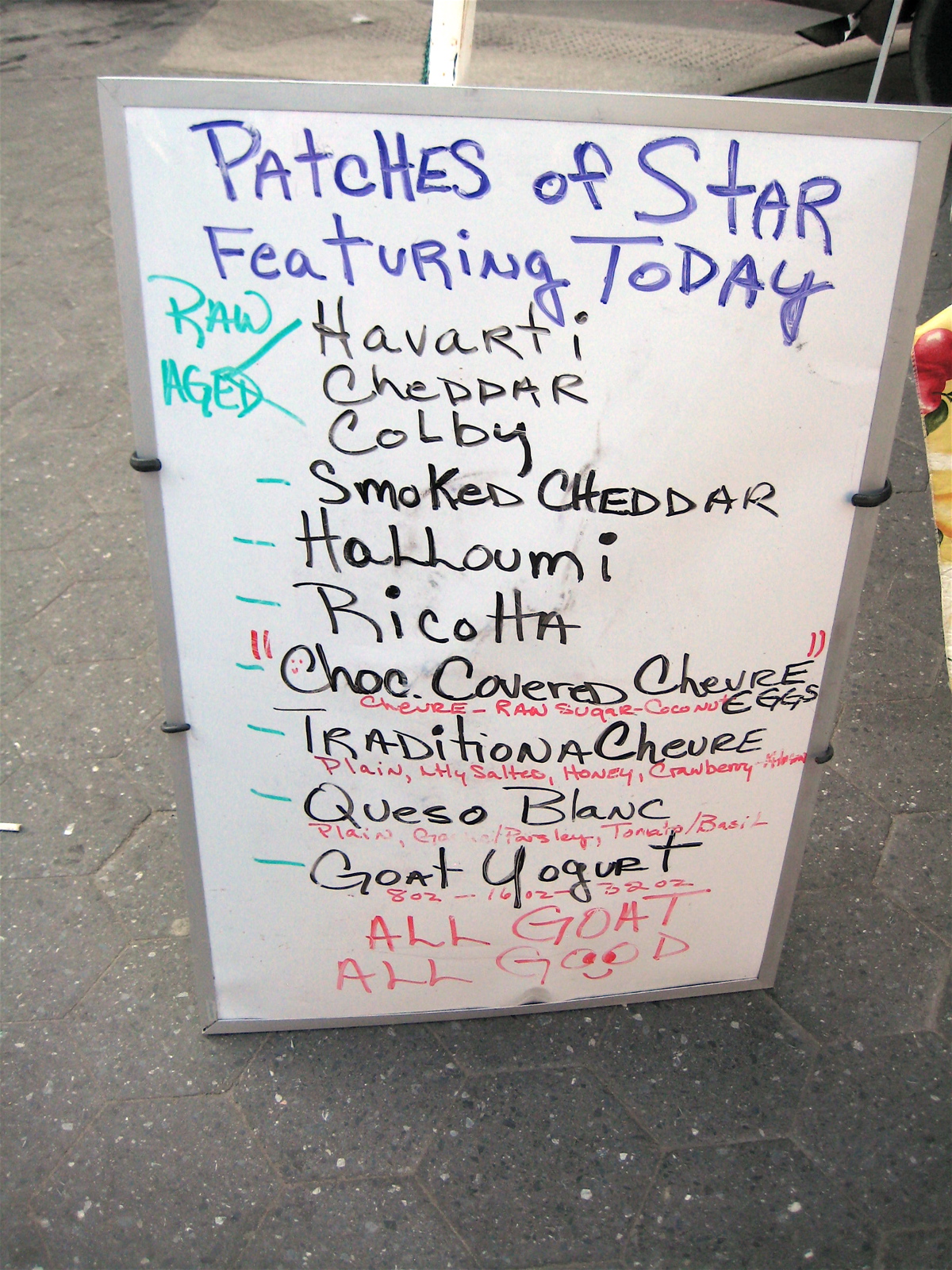
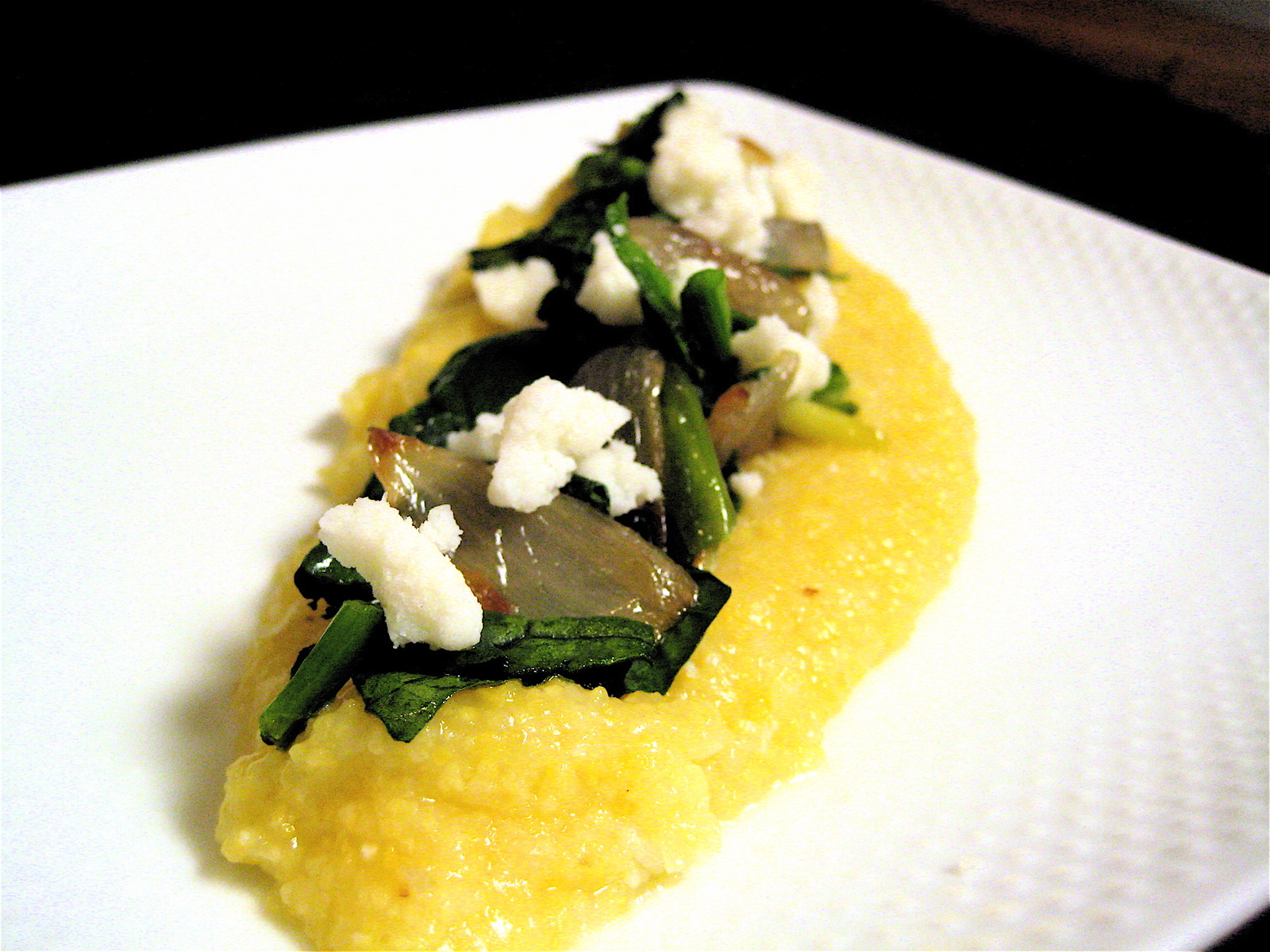 | ||||||||||||||||||||||
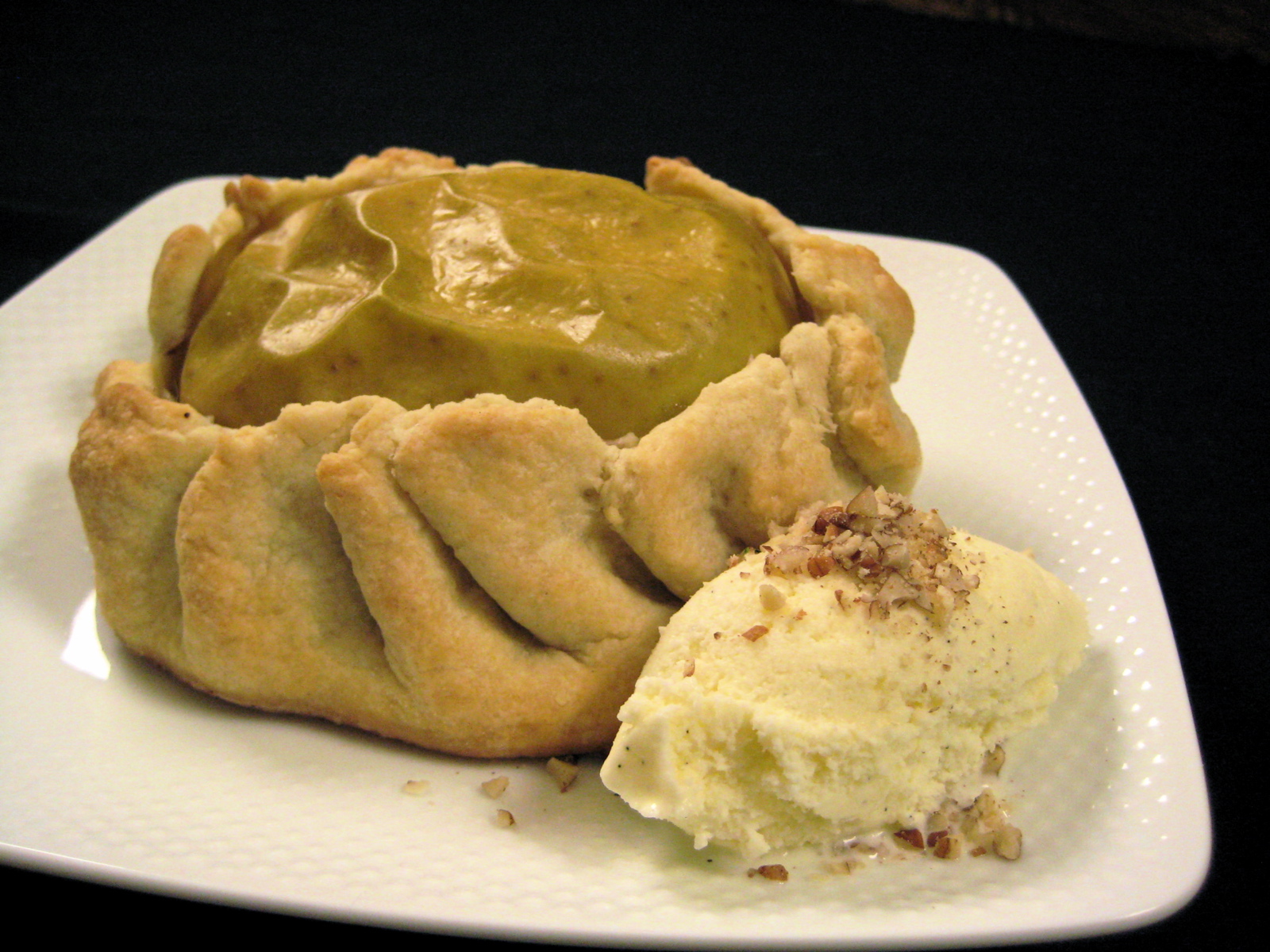 I have some Mutzu apples from a recent trip to the farmers’ market. These apples are softball-huge and bright lime green, and immediately caught my attention as I was perusing the Migliorelli Farm stand. They are such gorgeous specimens it seemed blasphemous to peel them and cut them up into chunks—or toss them with a lot of sugar and seasoning. This recipe is sort of a cross between an apple dumpling, rugelach, galette, with probably a little hamentashen thrown in there too. I love that it really just puts this outstanding apple on a pedestal (or buttery crust), to enjoy almost bare naked. It is simple and rustic, and great by itself—but even better with a scoop of my husband’s homemade vanilla ice cream. 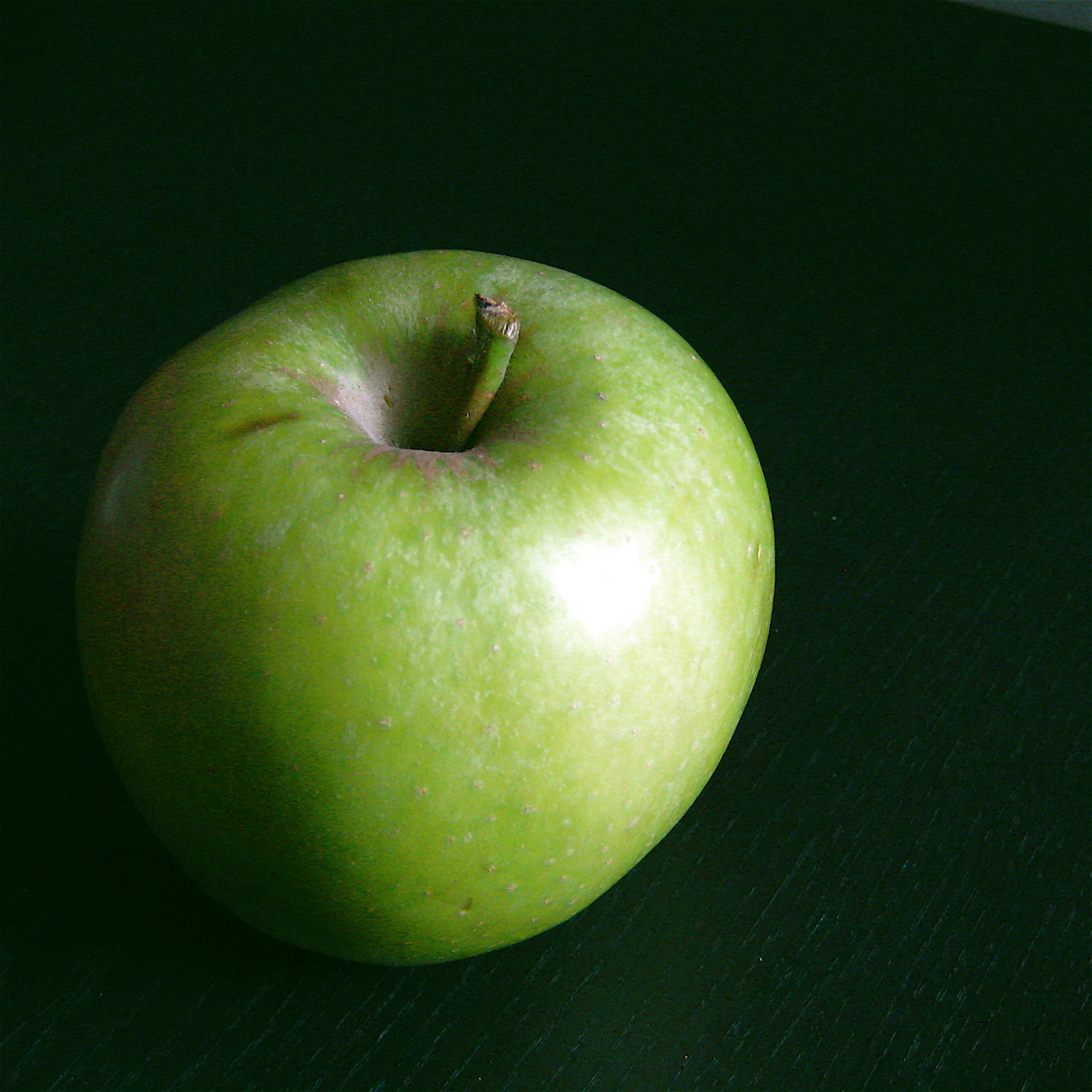 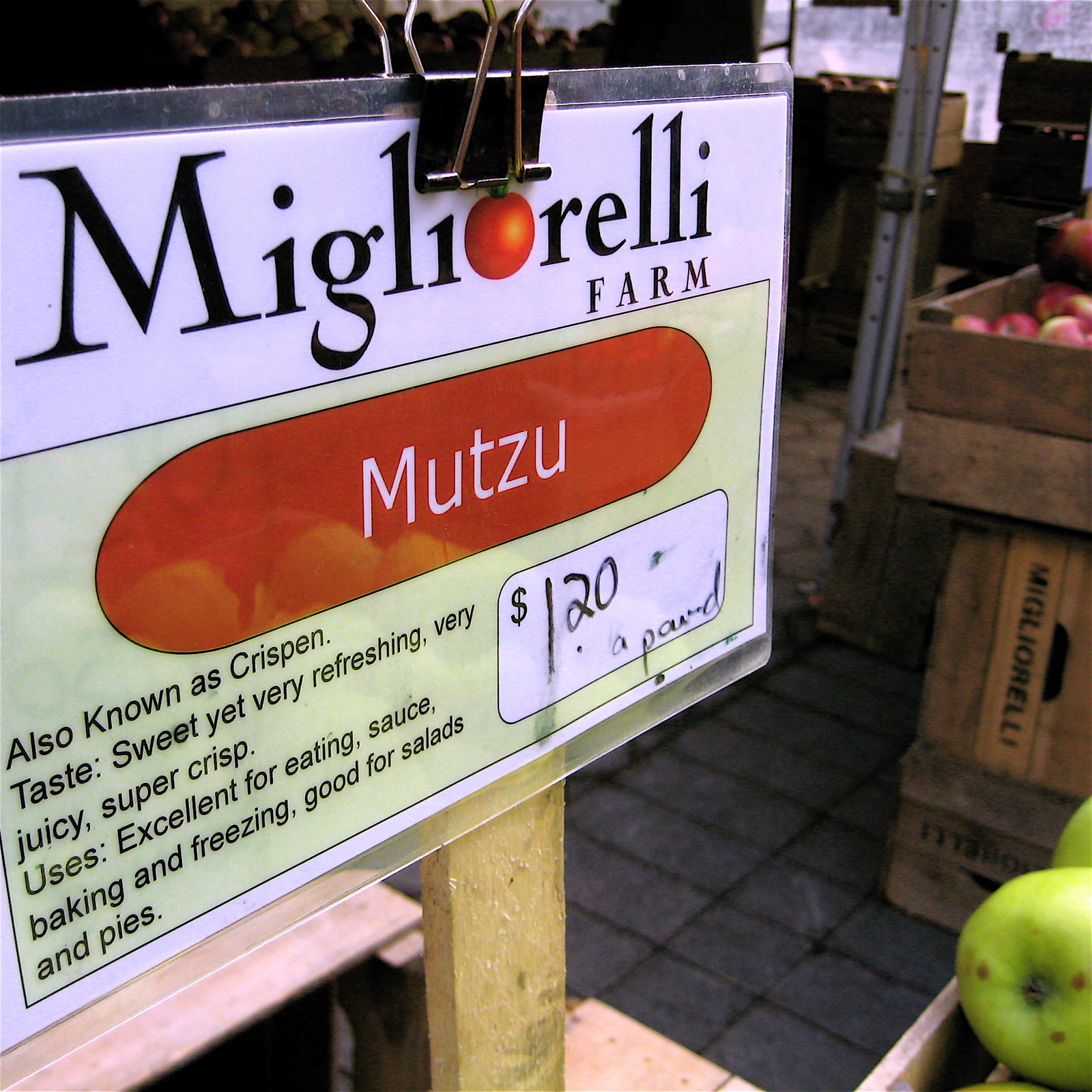
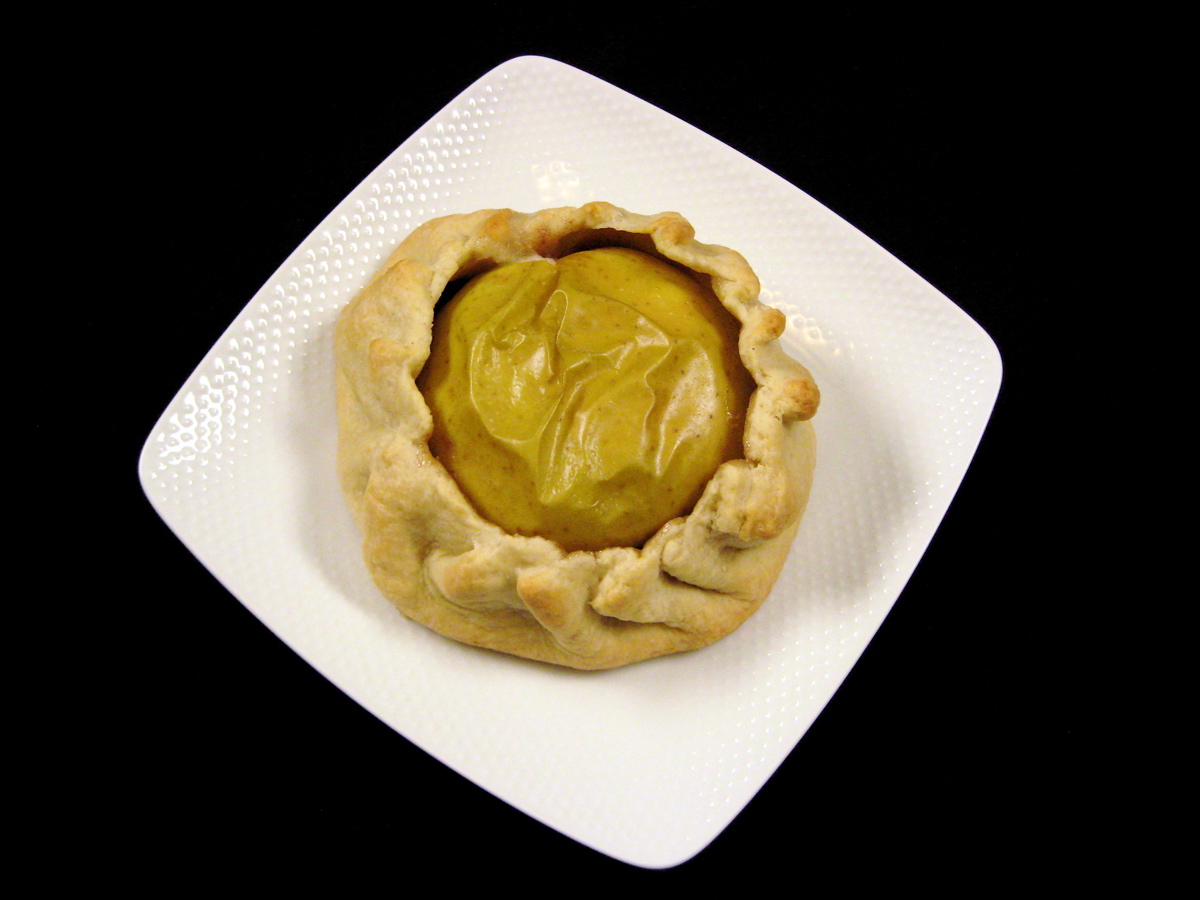 | ||||||||||||||||||||||
Yesterday I received in the mail some adorable vintage aluminum baking molds that I purchased a little while back from the great upcycle shop AntiNu on Etsy.com. I had sweet potatoes from the market, and got to work.  A handful of years ago the Center for Science in the Public Interest did a study comparing the nutrients of vegetables. Sweet potatoes were ranked the most beneficial of all. They are super high in fiber, beta carotene, vitamin C, and, unlike their regular white potato cousins, are a complex carbohydrate, so won't send your glucose soaring (as much). The cakes came out beautifully. Not terribly sweet, they were moist yet airy, and filled the kitchen with warmth and an earthy spice. They would also be great with brunch, or as a dessert with cream cheese frosting.
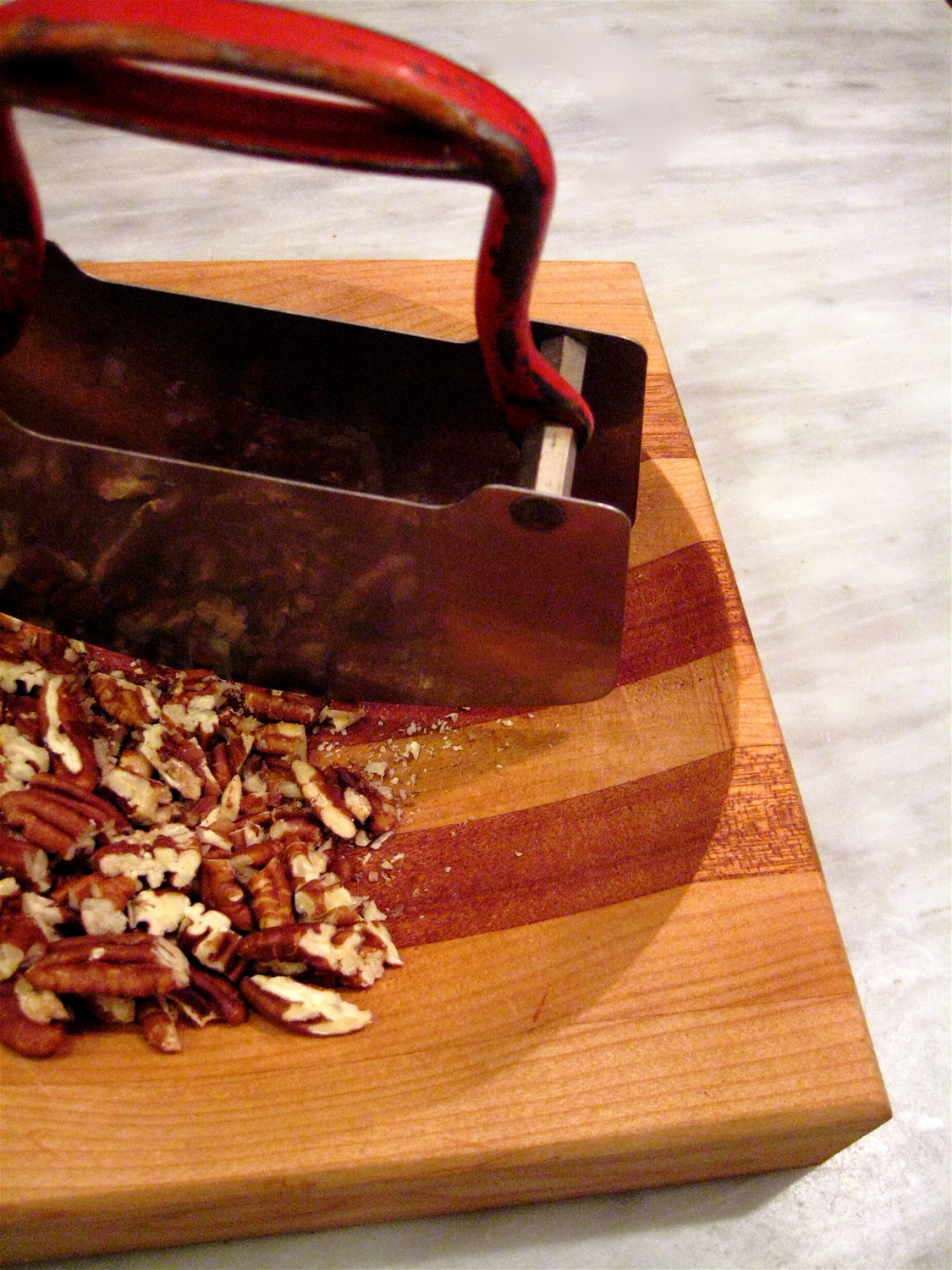 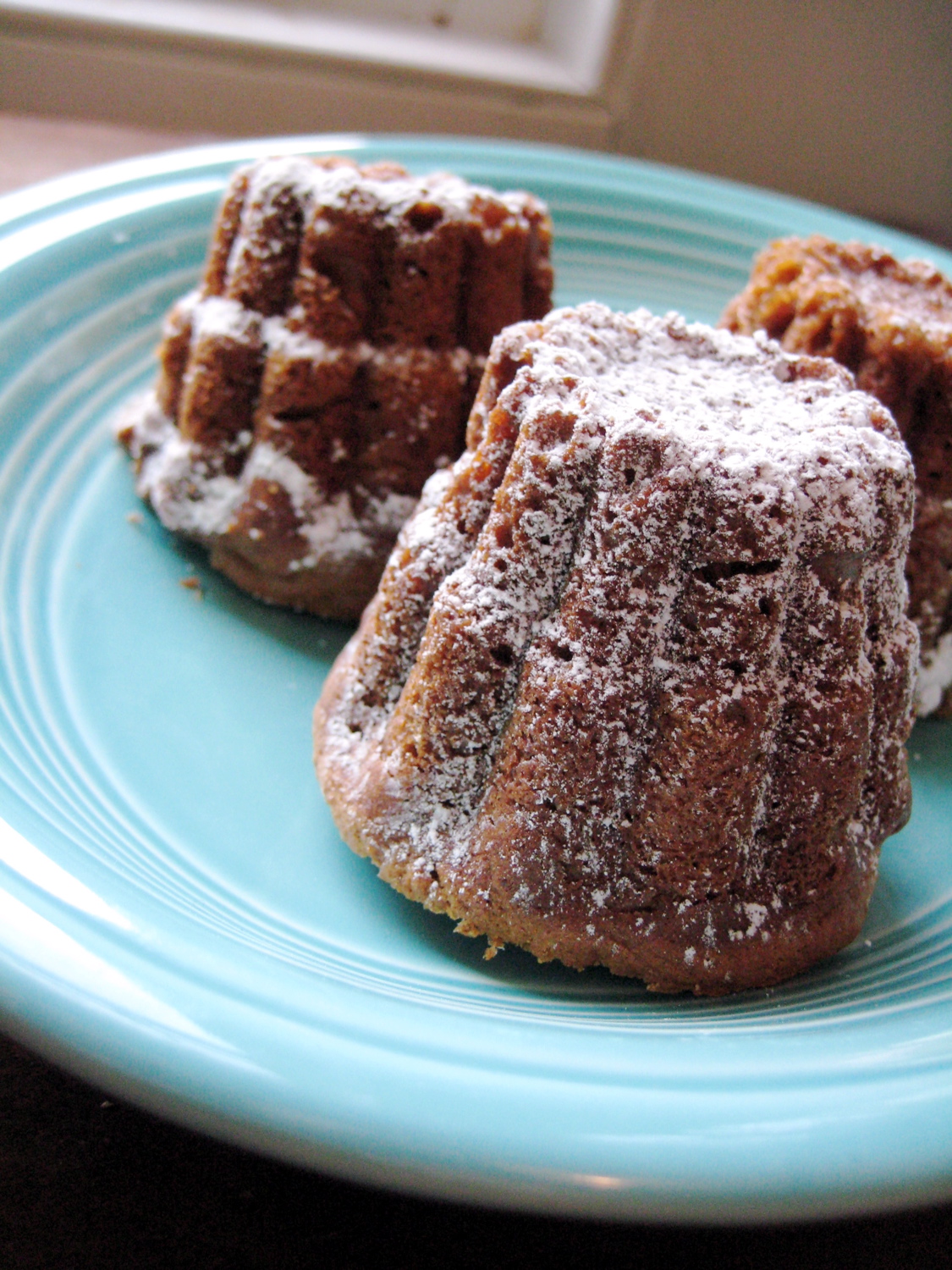 | ||||||||||||||||||||||
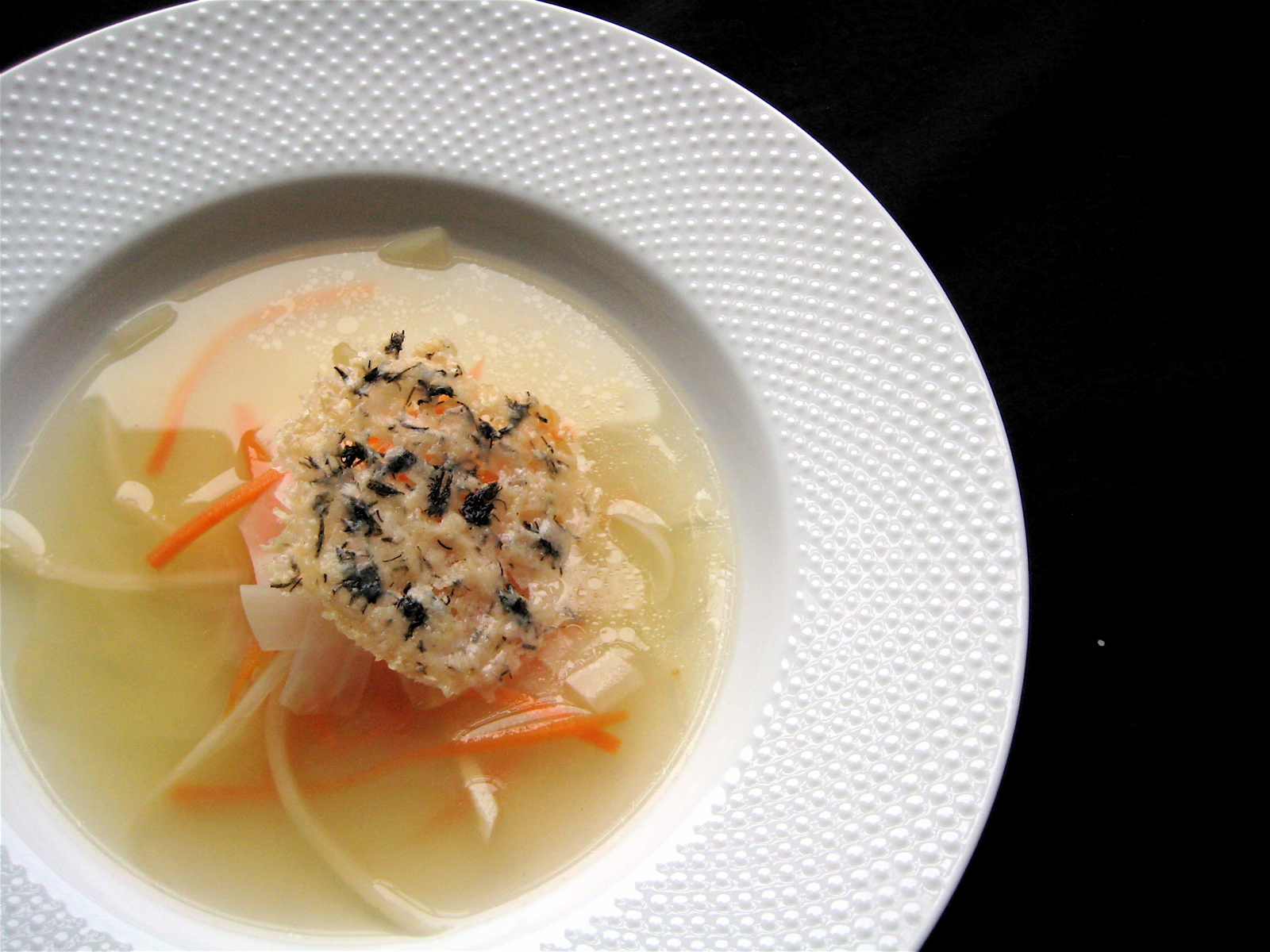 After the 3+ feet of snow we had this past week, I find it impossible to believe that I am watching even more flurries outside today. The blizzard this week caused the farmers, whose work ethic is only outdone by their good sense, to not come to NYC for the greenmarket this Friday. Union Square, though stunning all decked out in white, was empty. Fortunately last week I bought a lot of long-keeping root vegetables. Perfect tools for a shut-in day upstate, with no takeout around for miles. 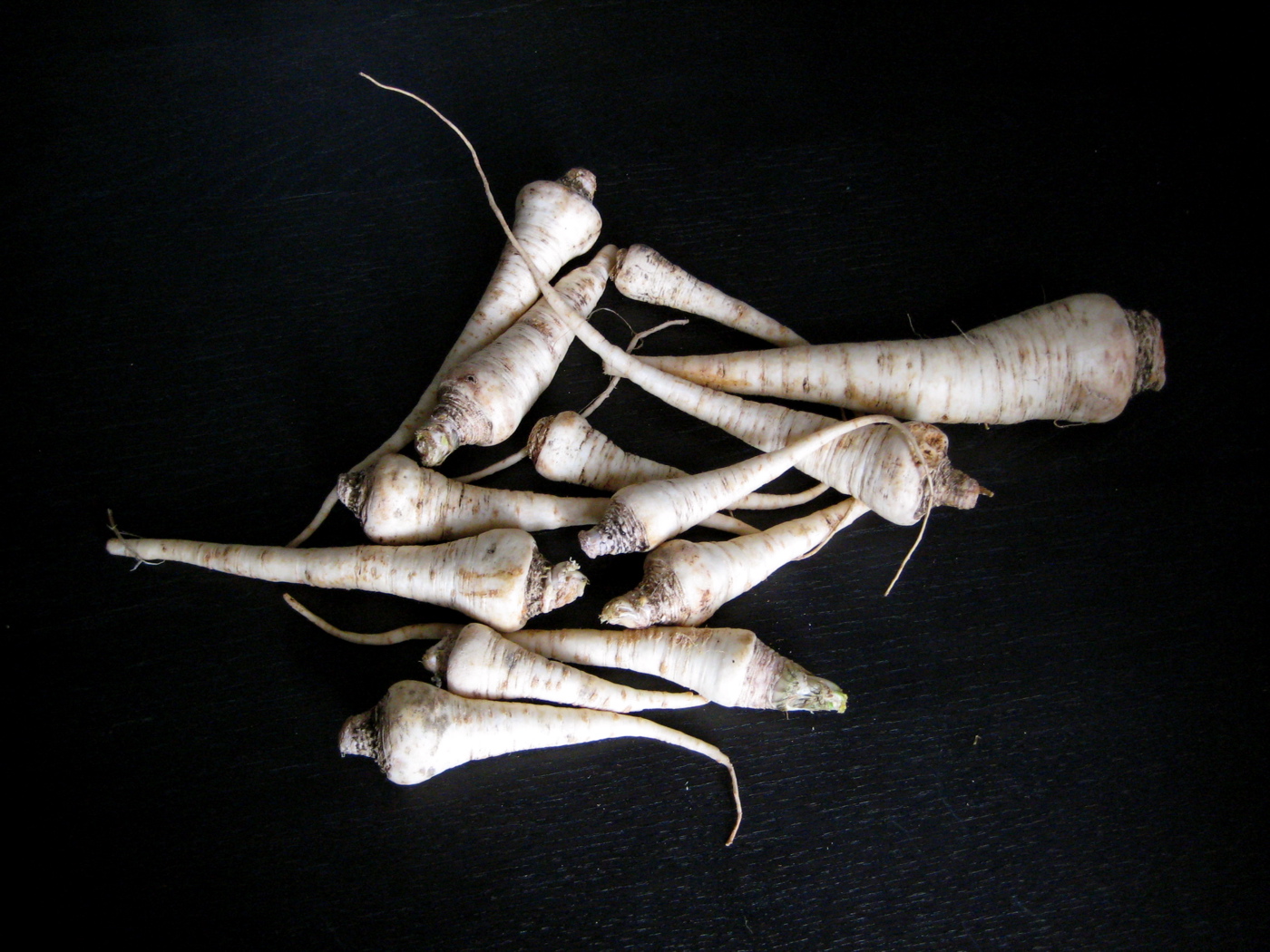 WINTER CHICKEN “NOODLE” SOUP WITH DILL PARMESAN CRISPS By Catie Serves 4 For the Soup: 2 quarts Chicken Stock 1 medium Celeriac, about 6 oz, peeled and shredded or sliced thin 2 medium Parsnips, about 6 oz, peeled and shredded or sliced thin 3-4 Carrots, about 6 oz, peeled and shredded or sliced thin salt to taste For the Crisps: 1 packed cup Parmesan Cheese, grated 1 tsp Fresh Dill, finely chopped (I used dill I had frozen from our garden this summer) For the Crisps: Preheat oven to 350° F. Thoroughly mix grated parmesan and fresh dill together in a small bowl. Make small mounds (about 2 TBS each) of the cheese mixture evenly spaced on a silpat mat on a sheet pan. Gently flatten each mound into a disc shape—the cheese won’t spread much beyond where you place it. You should have about 6 discs. 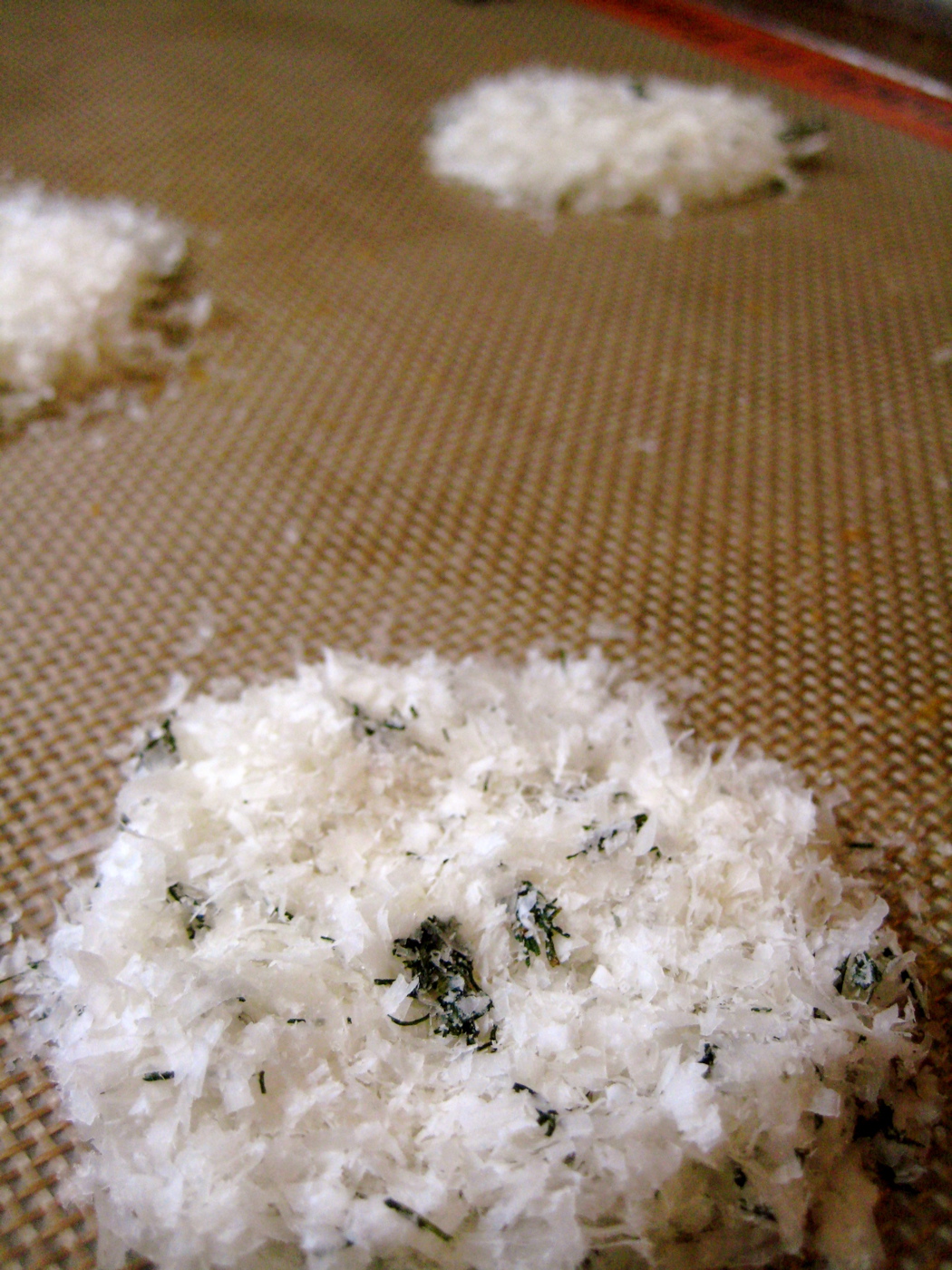 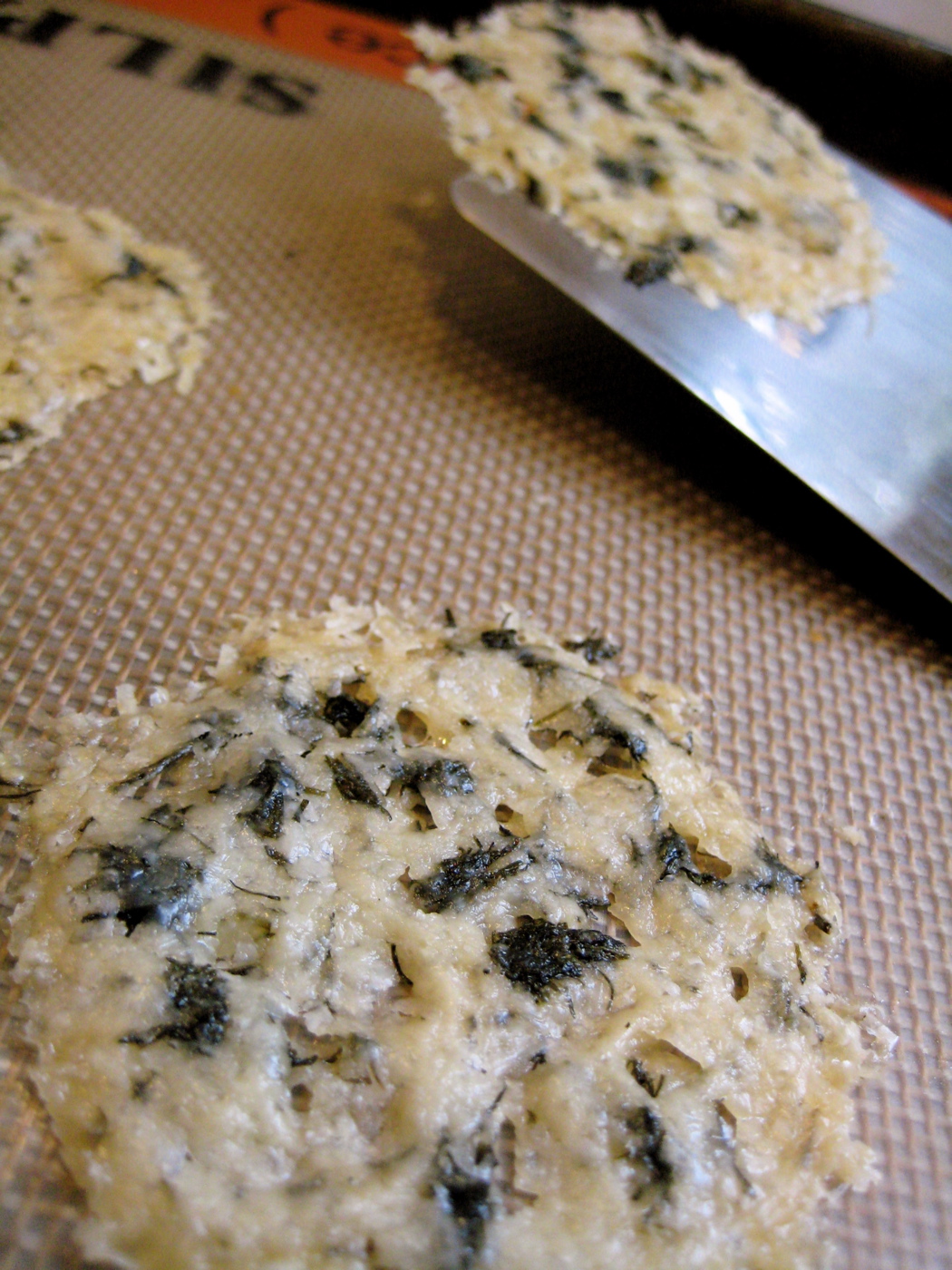 Bake at 350° F for about 8 minutes—just until the melted cheese has reached the center of the discs, and the edges are just starting to turn golden. Don’t over cook, or they tend to get bitter. Let the crisps cool on the silpat. Gently remove with a thin spatula. For the Soup: 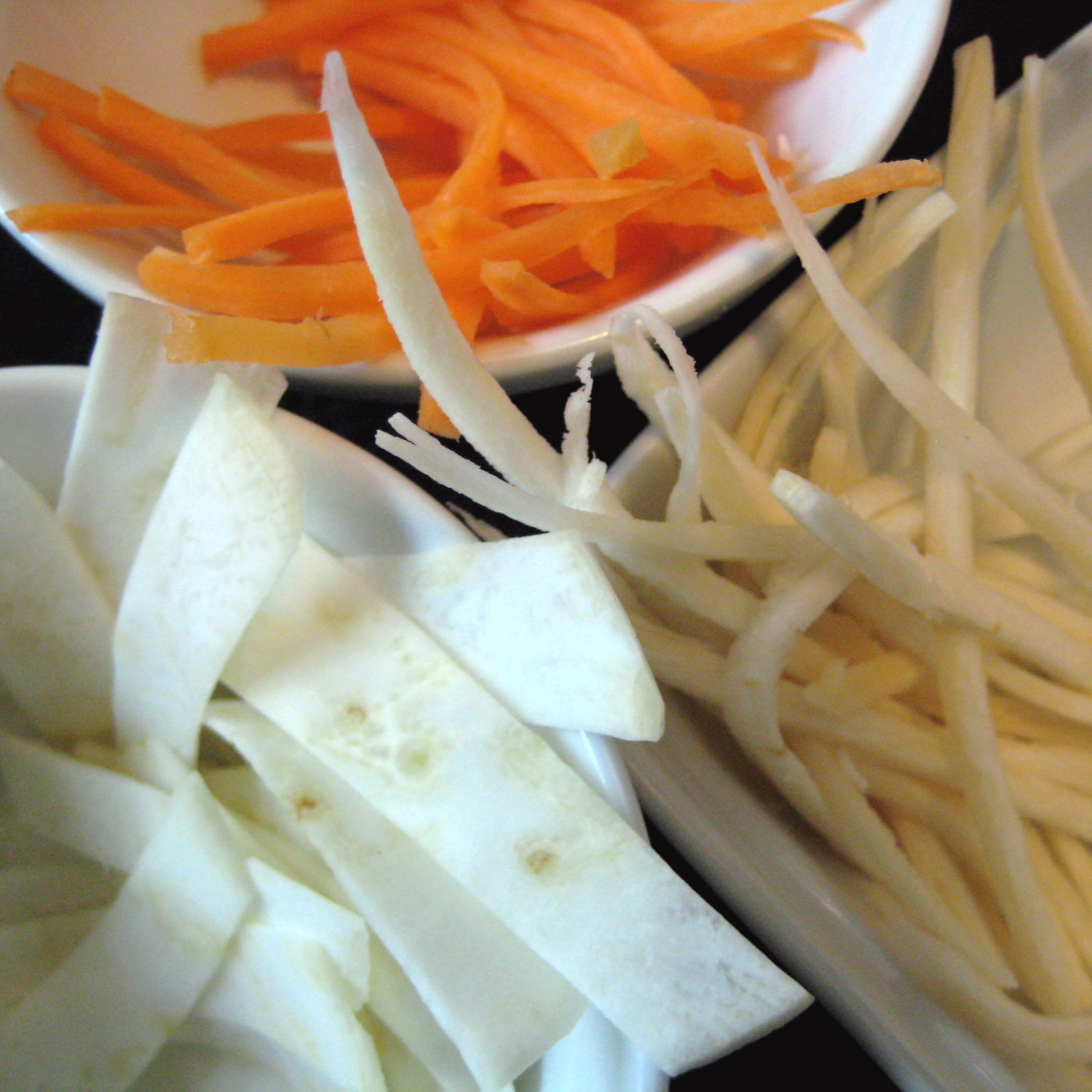 The vegetables can be cut in a variety of ways. The easiest is shredding them all in the food processor with the large grating blade. However, you can also use a mandoline for long thin strips, julienne them by hand, or (as I did with the celeriac this time) thinly slice with a vegetable peeler—which ended up looking the most like noodles. It is pretty to slice them in a few different ways, particularly if you have two vegetables that are the same color. The vegetables can be cut in a variety of ways. The easiest is shredding them all in the food processor with the large grating blade. However, you can also use a mandoline for long thin strips, julienne them by hand, or (as I did with the celeriac this time) thinly slice with a vegetable peeler—which ended up looking the most like noodles. It is pretty to slice them in a few different ways, particularly if you have two vegetables that are the same color.(The most important thing is to make sure that all the vegetables are relatively similar in thickness once they are cut, so they cook evenly. You can certainly stagger putting them into the pot if you have larger cuts, so they can all be finished at the same time.) Heat the chicken stock over medium heat to a gentle boil. Add the shredded vegetables. Bring the stock back to a boil, and reduce to a simmer until the vegetables are al dente—about 4 minutes total. Season with salt to taste. Portion into four bowls, and mound vegetables slightly in the center. Top with a Dill Parmesan Crisp. 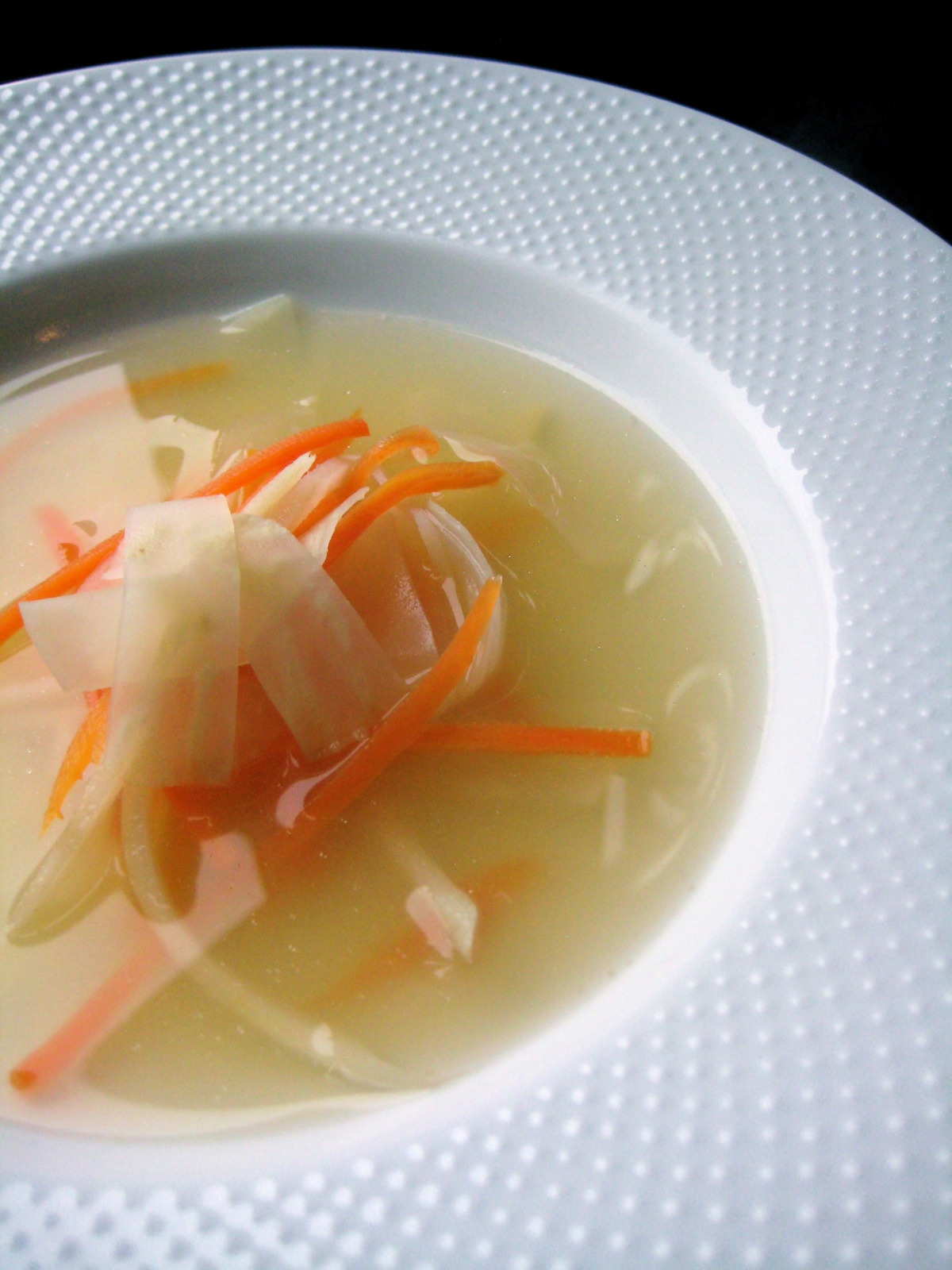 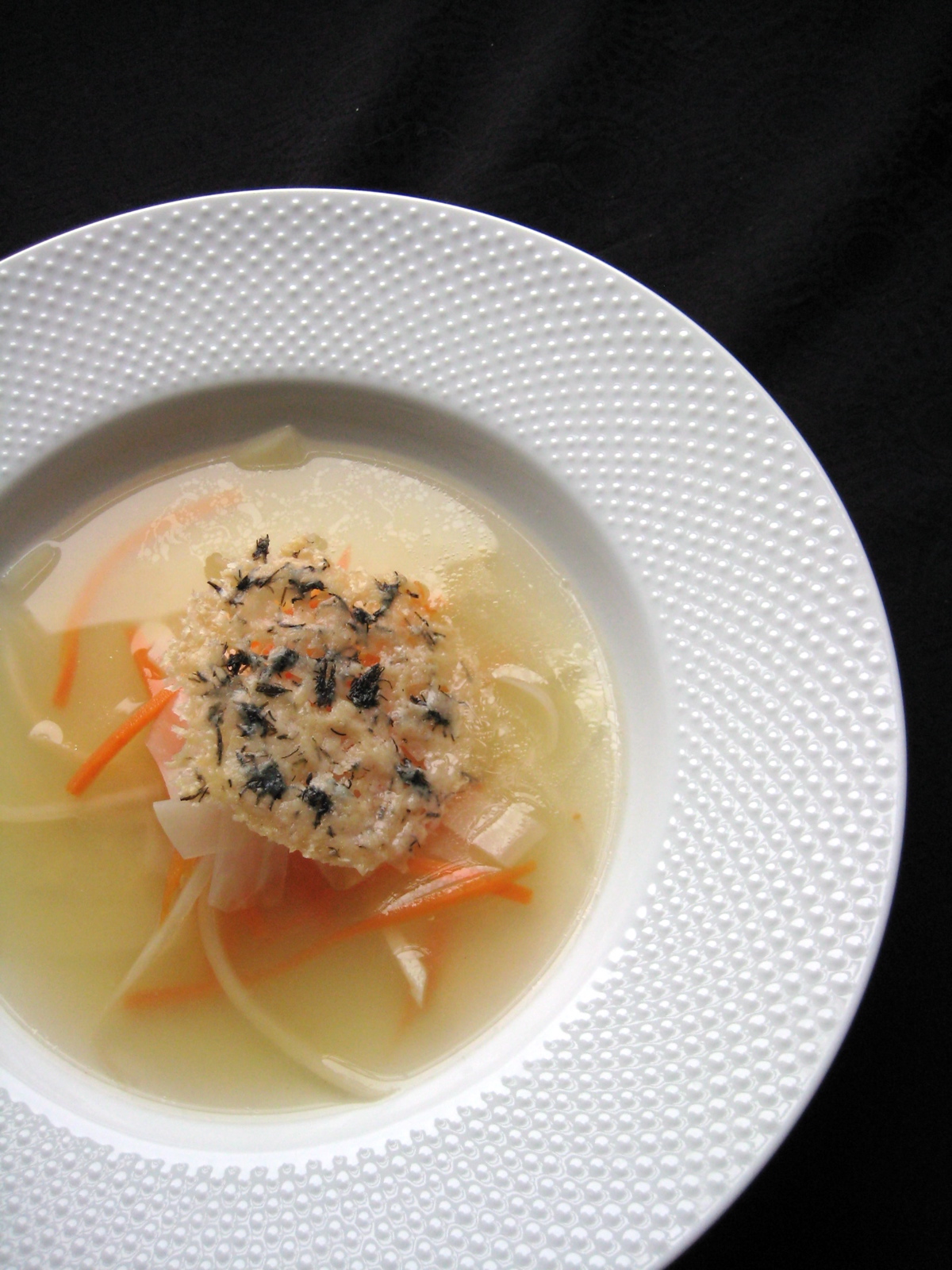 | ||||||||||||||||
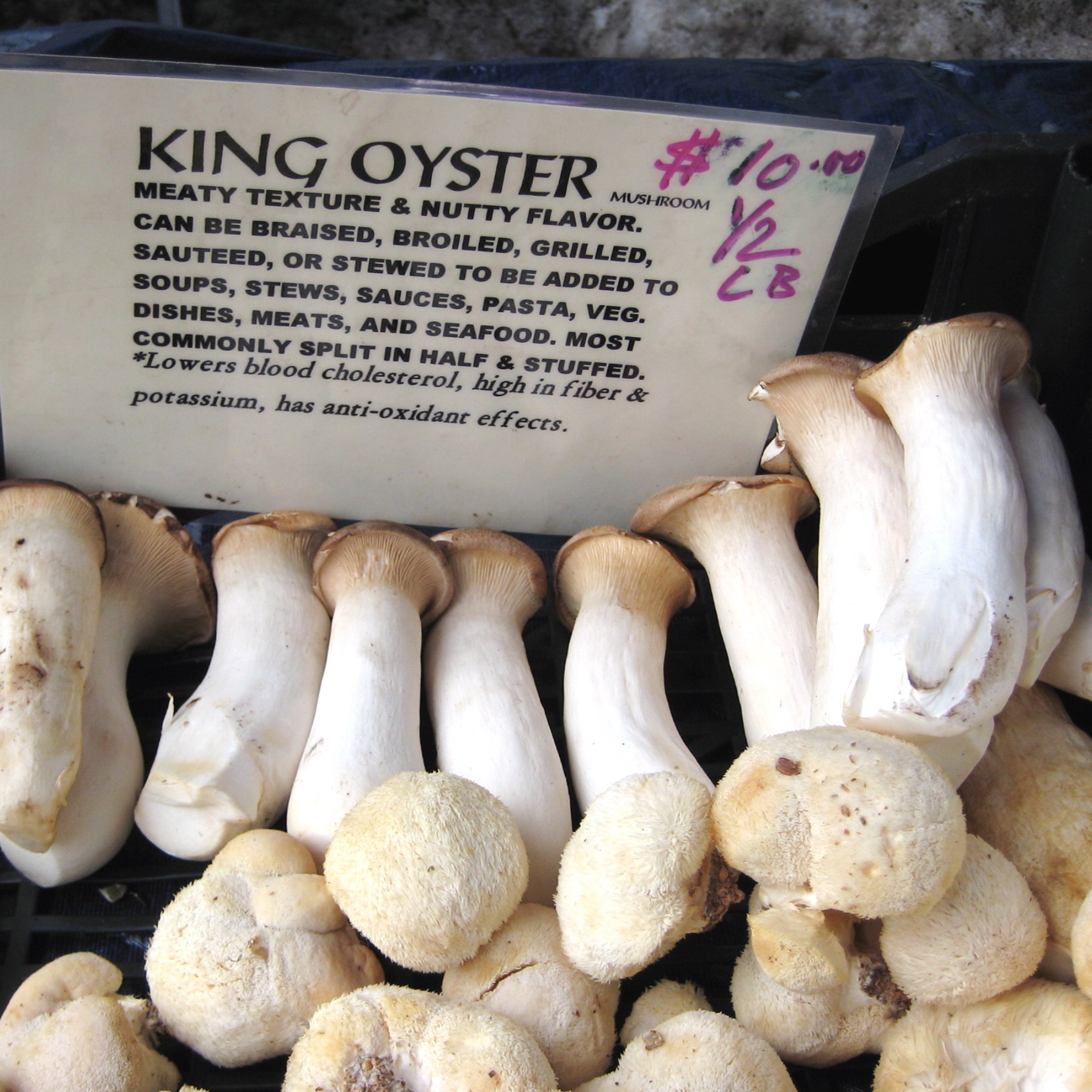 So the very first meal of the blog, and of this year’s project: to cook from the farmers market, or my garden, and post recipes every week. So the very first meal of the blog, and of this year’s project: to cook from the farmers market, or my garden, and post recipes every week.As mentioned previously, this week’s trip to the Union Square farmers market included finding some gorgeous king oyster mushrooms and kale. The first time I saw king oyster mushrooms in the market about a year ago I was so intrigued by their size and shape. These were about 7 inches long and nearly two inches in diameter. I tend to be drawn to the geometrics and architecture of food, was excited by the prospect of being able to be able to have substantial pieces of mushroom in new shapes—large slabs, long matchsticks. Not to mention the lovely, delicate, buttery flavor and texture of these beauties. Though not local, we are currently right in the middle of blood orange season. (What Are Blood Oranges) The ones I’ve been eating this week are intensely purple inside with a deep berry flavor. They are always startling to cut into, and offer great color and sweetness in both of these recipes. It is also worth mentioning that we get just the best chickens and eggs every week, all year, from the local farm Quails-R-Us Plus located in Honesdale, PA (Google Maps: Quails-R-US Plus). Everything we’ve had from them has been spectacular, and their chickens are particularly amazing. Super succulent and flavor you couldn’t begin to expect from a store bought bird. Grab a chicken from a farmer at the green market and this recipe will sing. 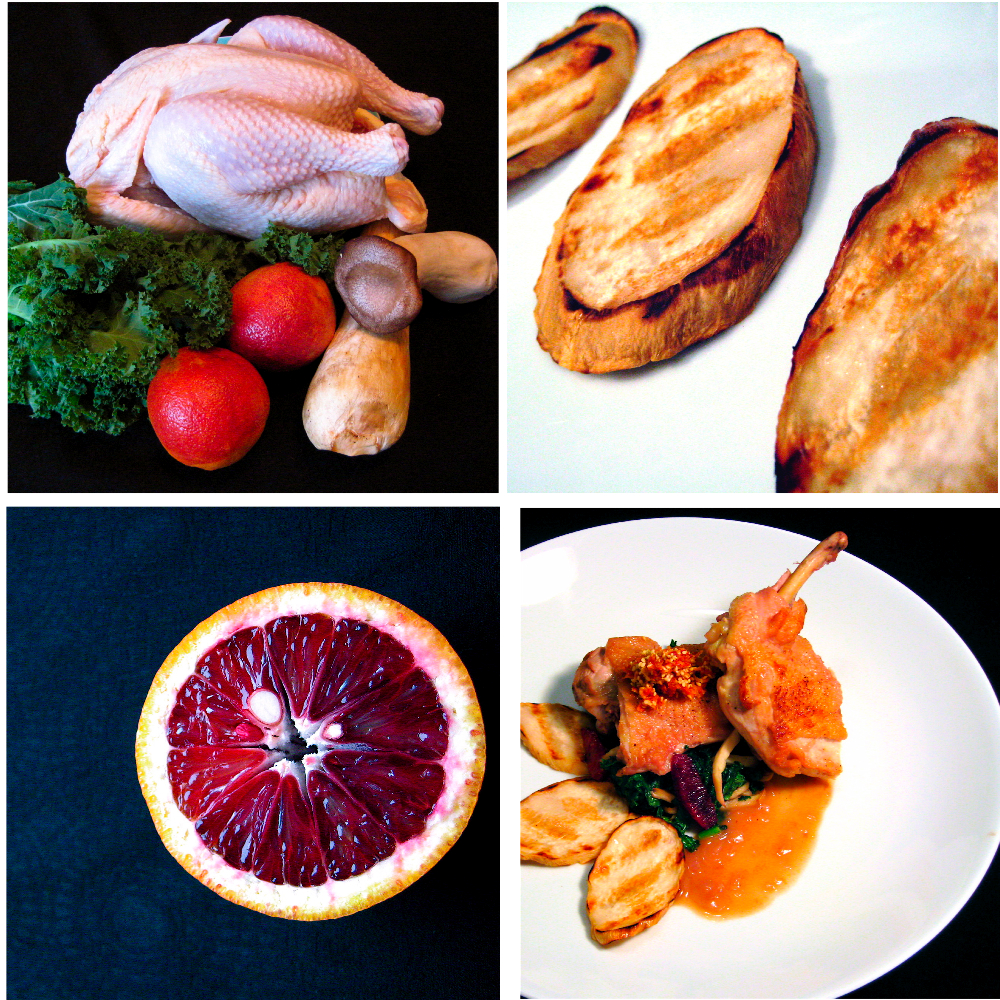 Blood Orange Braised Chicken, with Sesame Kale & King Oyster Mushrooms By Catie Serves 4 For the Chicken: 1 3-4 lb chicken, quartered 1 ½ TBS vegetable oil 2 shallots, thinly sliced 1 TBS blood orange zest (from about 2 oranges) 1 TBS toasted sesame seeds 1 cup blood orange juice (from about 4 oranges) 1 tsp sherry vinegar 1 ½ cup chicken stock salt & pepper Heat oil in a dutch oven, or heavy bottomed pot. Season the chicken pieces on each side. When oil is shimmering, put chicken, skin-side first, in pot in a single layer. Brown on both sides. Remove to a plate. Pour off all but 1 tsp of fat. Sauté the chopped shallot, until translucent and fragrant. Deglaze the pot with blood orange juice, and then sherry vinegar. Add chicken stock and bring to a simmer. Return chicken pieces to pot (liquid should be halfway up the sides of the pieces—add more stock or juice if needed). Cover and simmer gently until chicken pieces are cooked through, about 35 mins, depending on size of the chicken. Remove chicken from pot, and cover to keep warm. Reduce the sauce remaining in the pot slightly over medium heat. Mix sesame seeds and blood orange zest together gently in a bowl and set aside. For the Kale & Mushrooms: 1 TBS vegetable oil 4 cups, packed, thinly chopped kale 2 large King Oyster Mushrooms, about a pound (feel free to substitute) Segments from 2 blood oranges 1 ½ tsp sesame oil 1 TBS toasted sesame seeds salt Sliced the lower, thicker, part of the king oyster mushroom on the bias into large oval slices. Cut the top, narrower, portion into smaller pieces or matchsticks. While chicken is cooking, heat half of the oil in a large saute pan or brush grill or grill pan. Sauté or grill the large disks of the oyster mushrooms. Remove from heat, season, and set aside. Add the remaining oil to the pan. Sauté smaller, or matchstick pieces of mushrooms. When halfway cooked, add Kale and continue to sauté. Right at the end, throw in segments of blood orange and any juice that has accumulated from them. Just before serving, toss with toasted sesame seeds, dress with sesame oil and season to taste with salt. Serve a few slices of grilled mushroom on each plate, with a heap of sautéed vegetables, topped with a piece of chicken and surrounded by sauce. Lightly sprinkle with zest and sesame mixture. | ||||||||||||||||
|
{ welcome! }
 Catie Baumer Schwalb is a chef, food writer and photographer, who splits her life between the city and the country. Not too long ago Catie was a New York City based actress and playwright for more than a decade. She has her Master of Fine Arts from the National Theater Conservatory, and her Grand Diplôme in classic culinary arts from the French Culinary Institute in New York City.
... Read More ≫
Catie Baumer Schwalb is a chef, food writer and photographer, who splits her life between the city and the country. Not too long ago Catie was a New York City based actress and playwright for more than a decade. She has her Master of Fine Arts from the National Theater Conservatory, and her Grand Diplôme in classic culinary arts from the French Culinary Institute in New York City.
... Read More ≫{ get in touch }
{ what's new }
September 12, 2015
August 19, 2013
August 15, 2013
August 13, 2013
August 1, 2013
{ favorites }
{ archives }
Appetizers / Breads & Pastry / Breakfast / Cakes / Canning / Condiments / Dinner / DIY foods / Drinks / Fall / favorites / Grains / Holidays / Local / Noodles & Pasta / Pies & Tarts / Poultry / Salads / Seafood / Snacks / Soup / Spring / Summer / Sweets / Techniques / Vegetables / Vegetarian / Winter /
{ currently reading }
|



